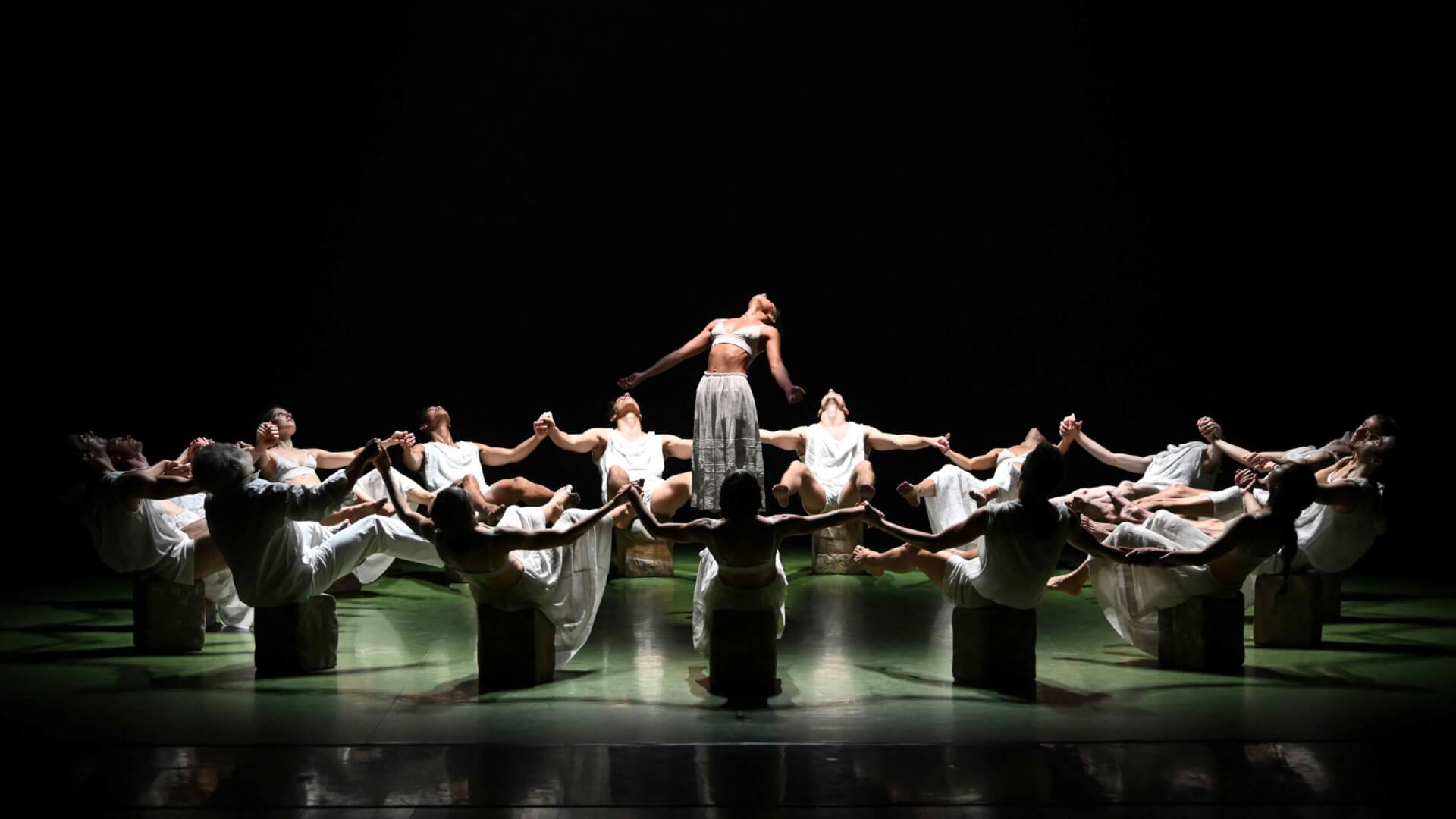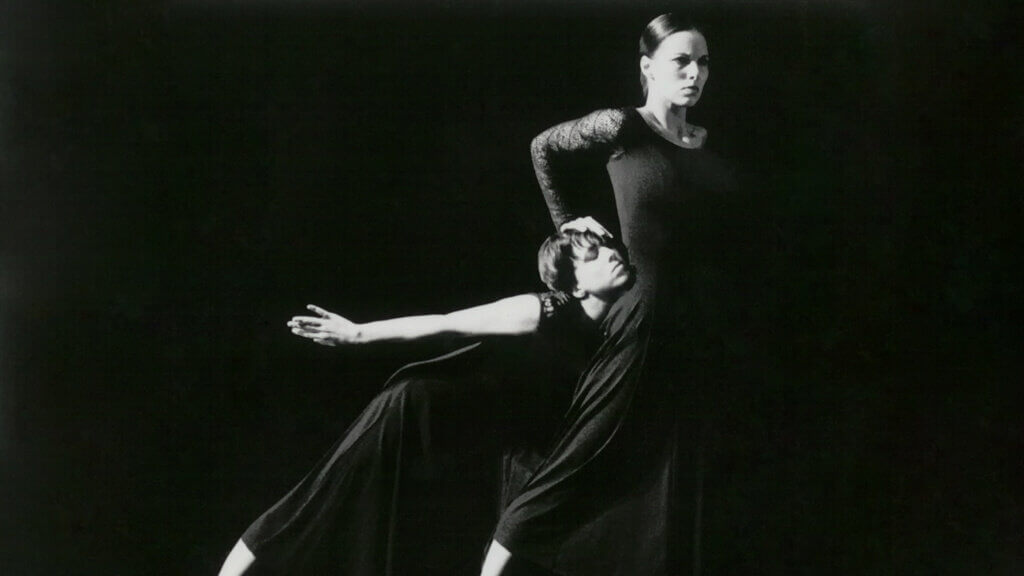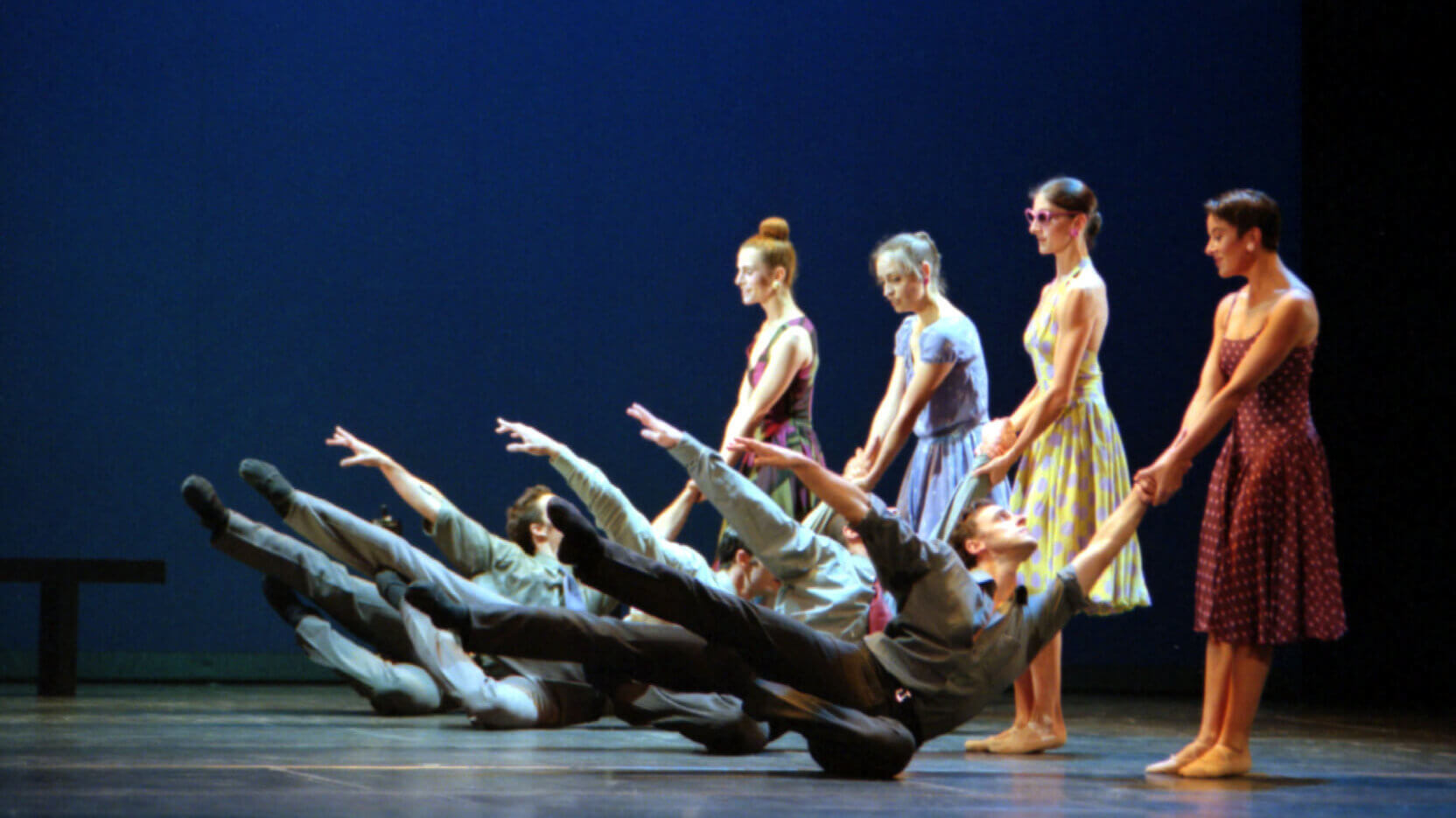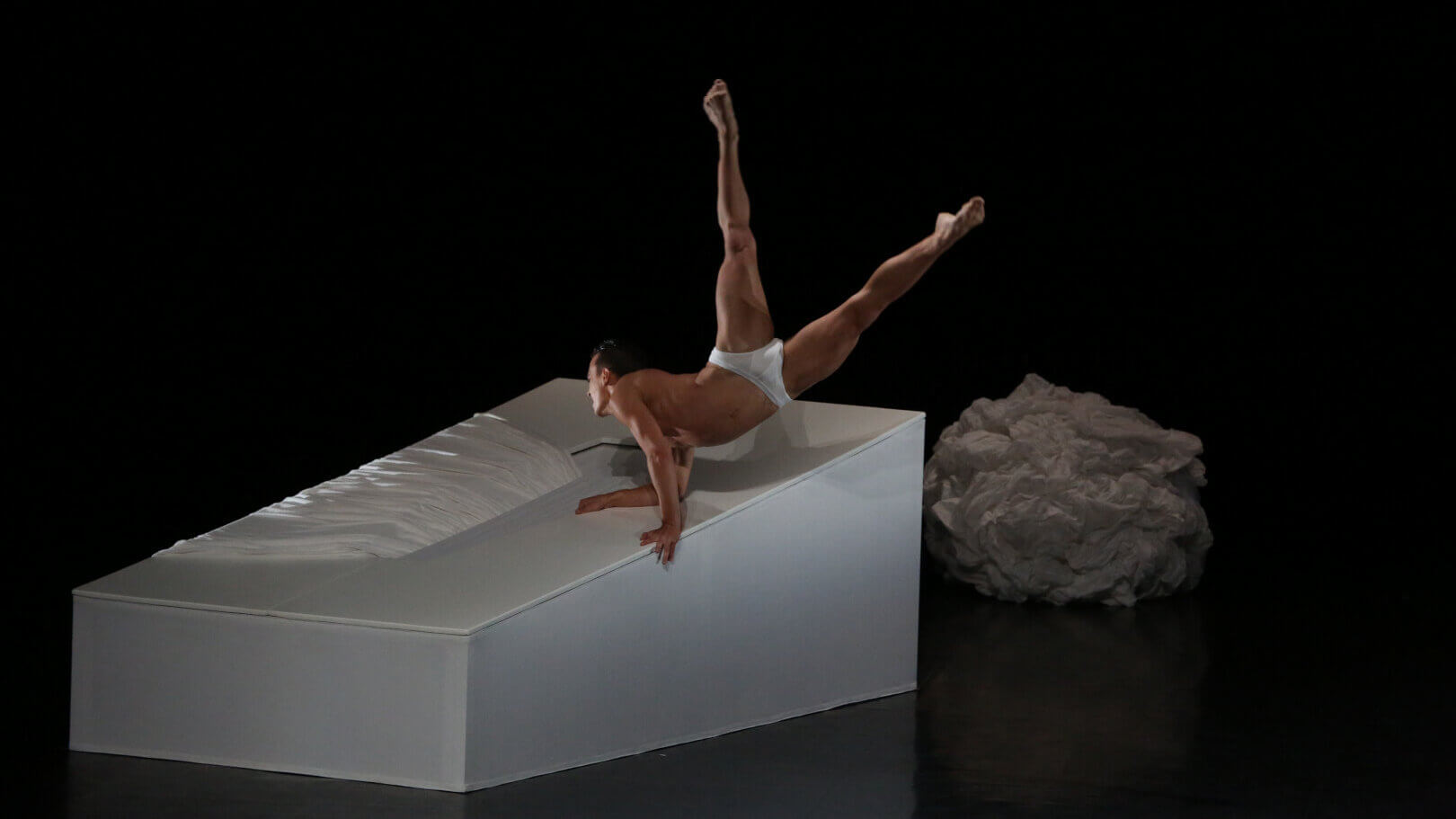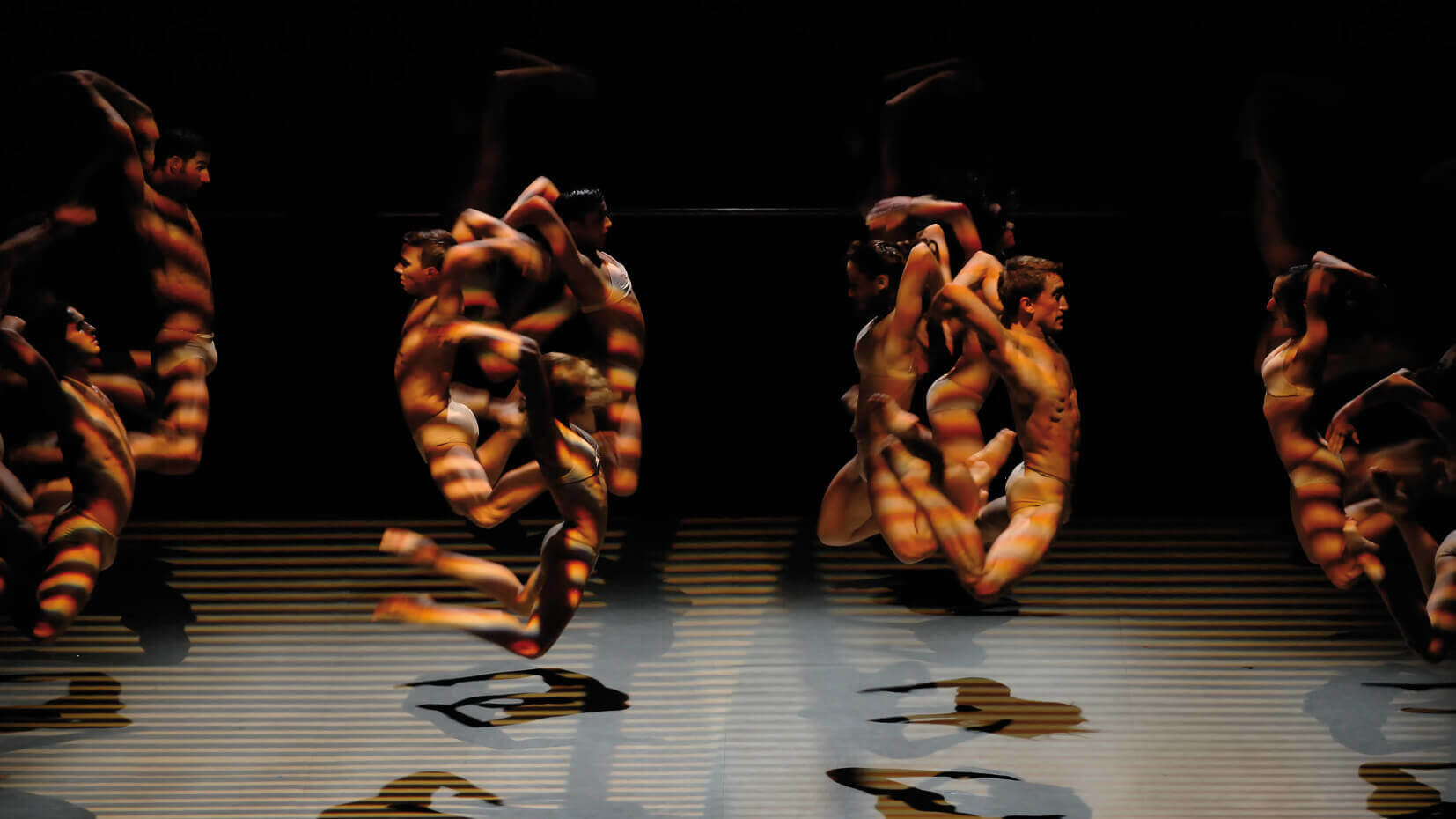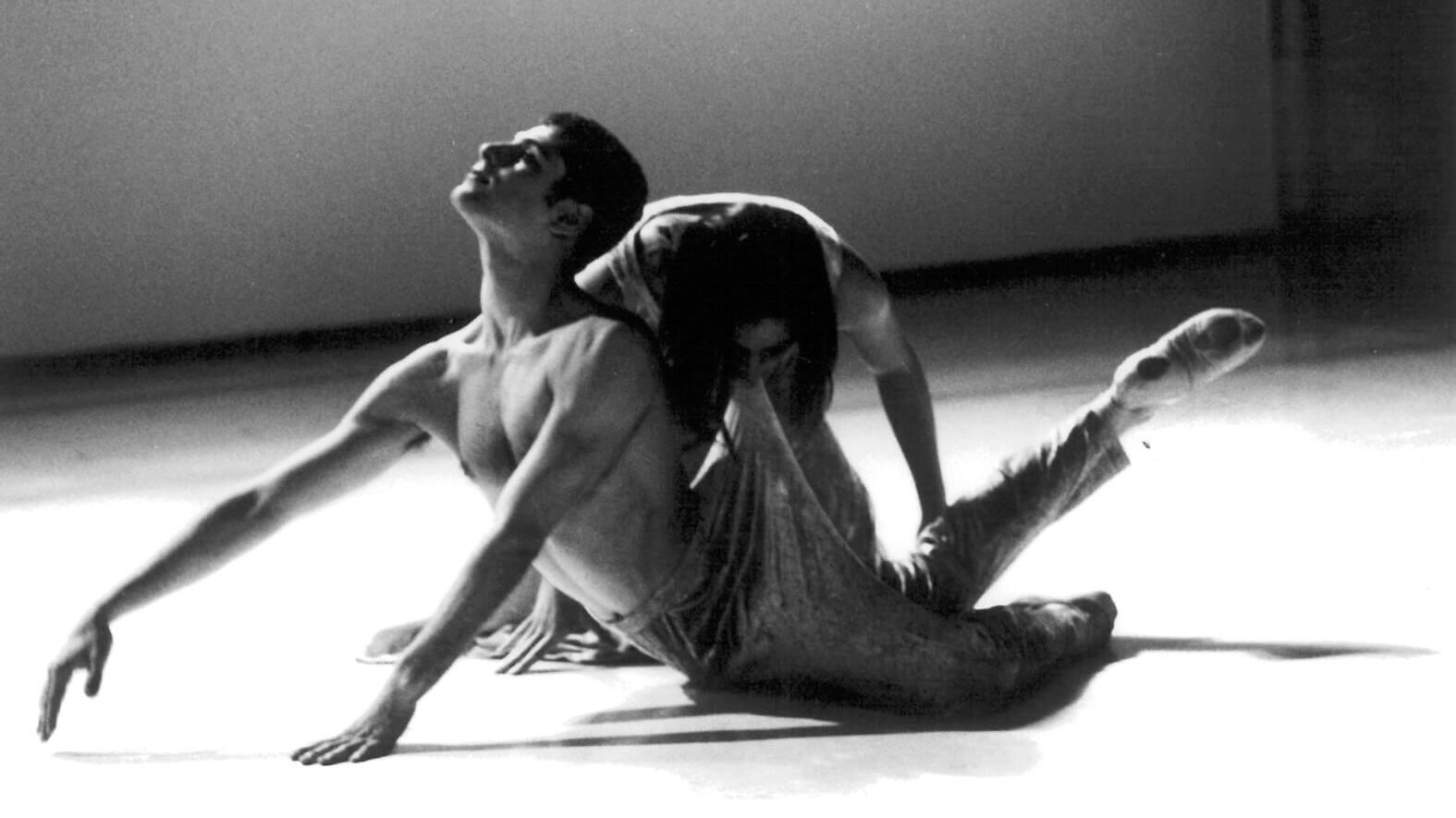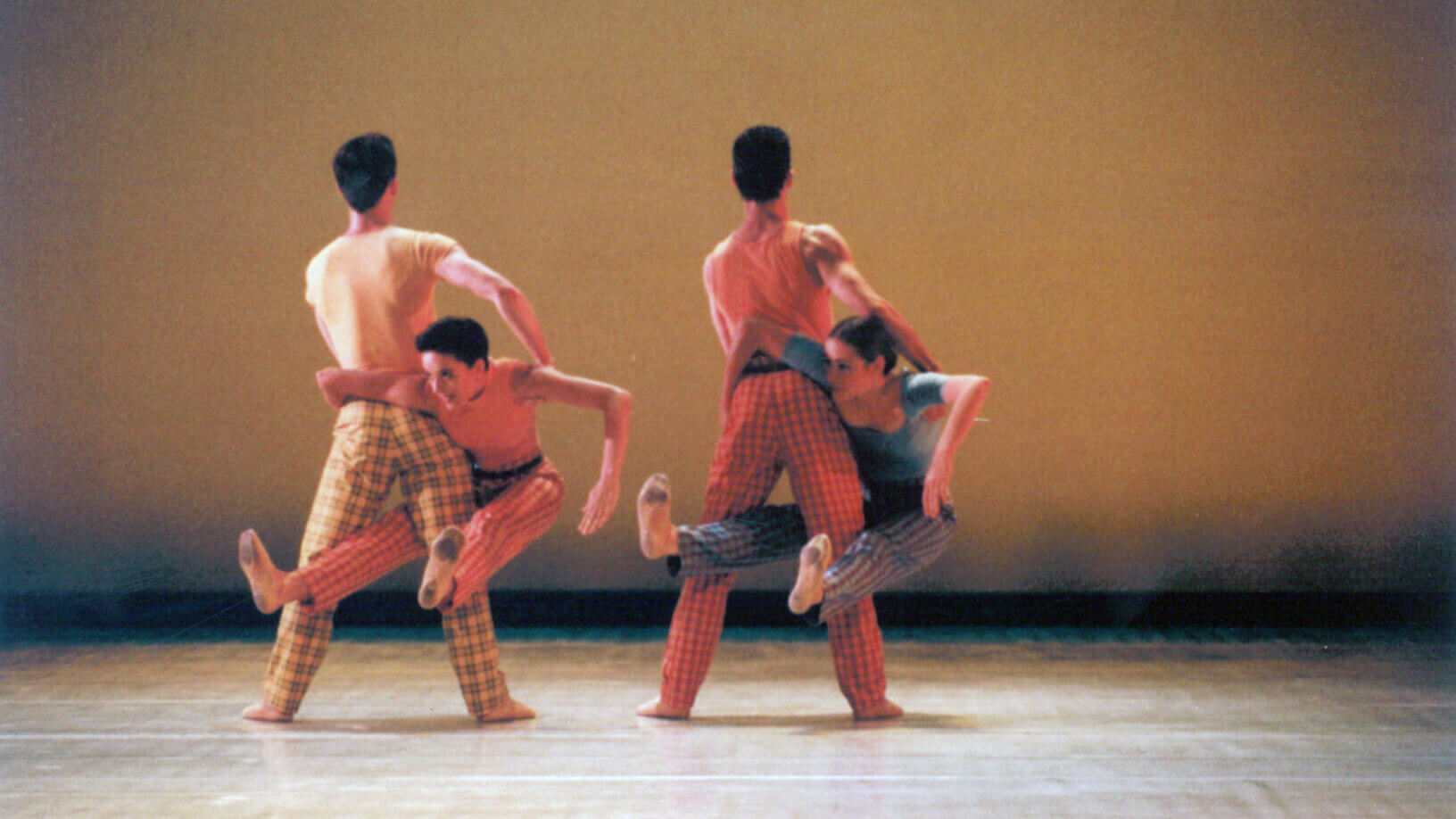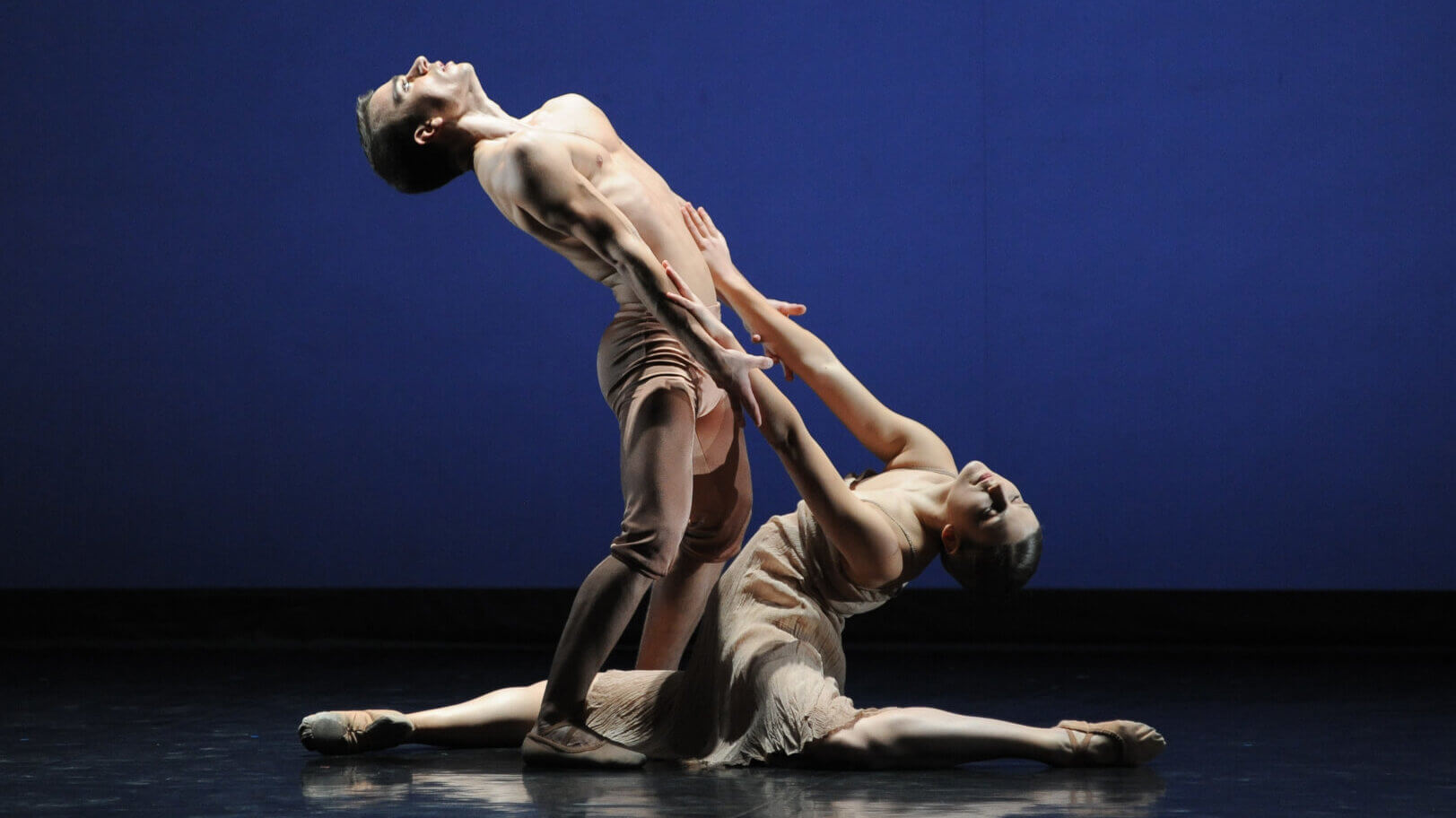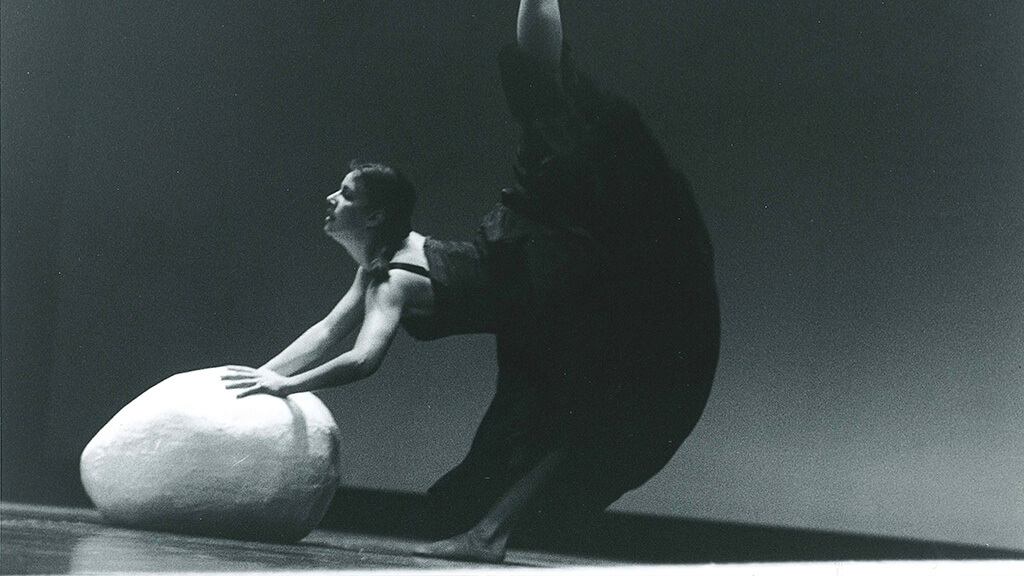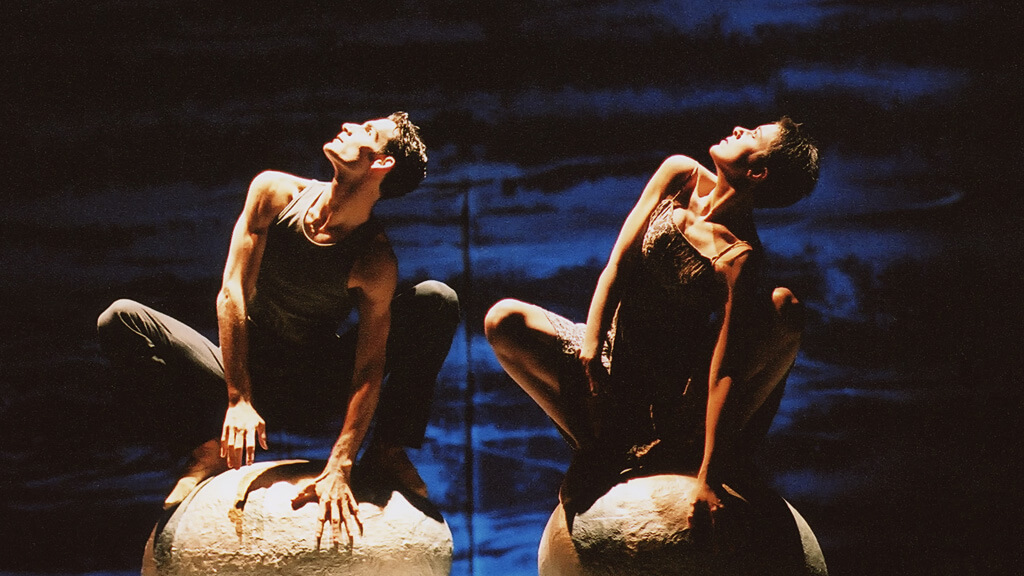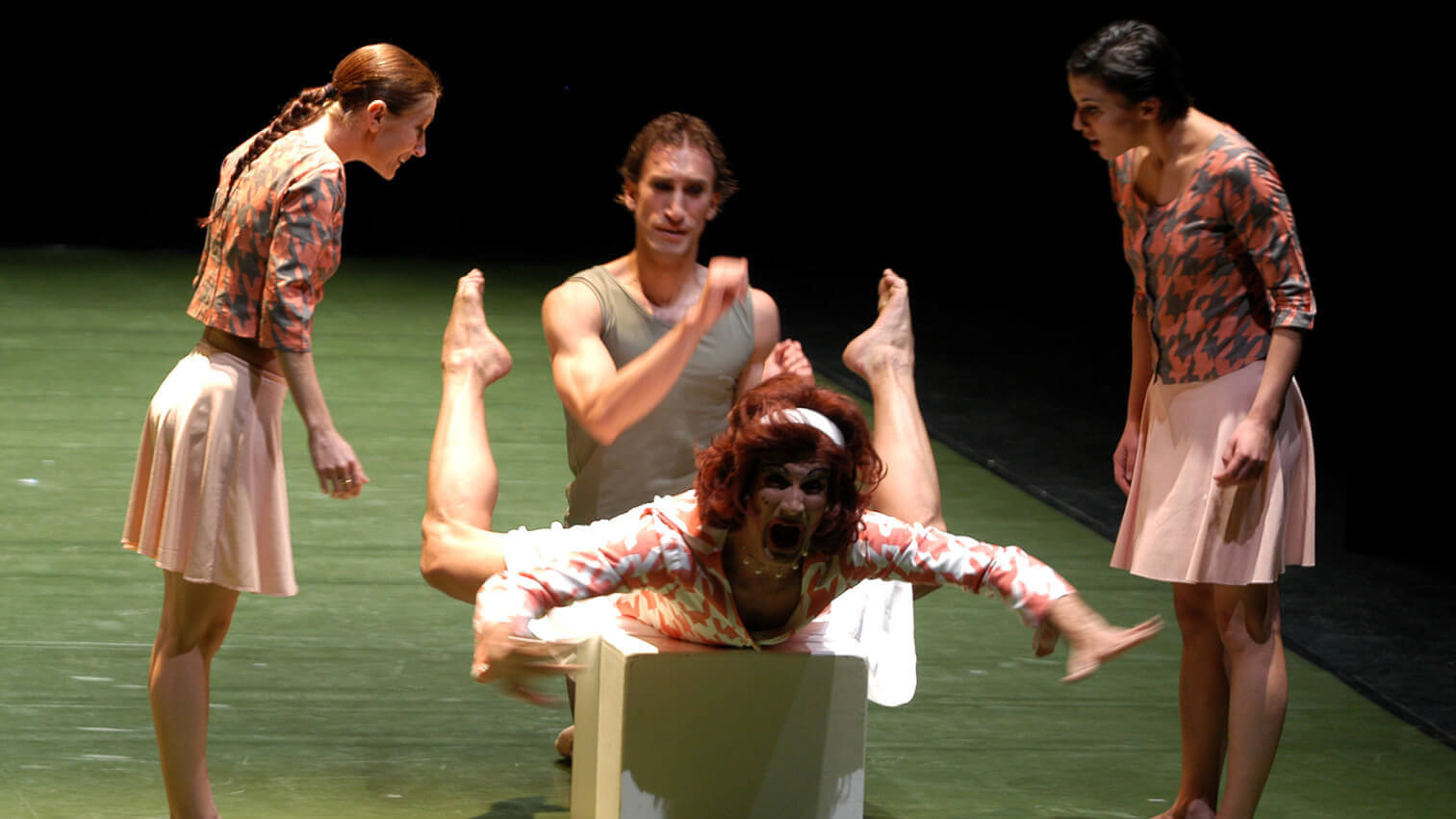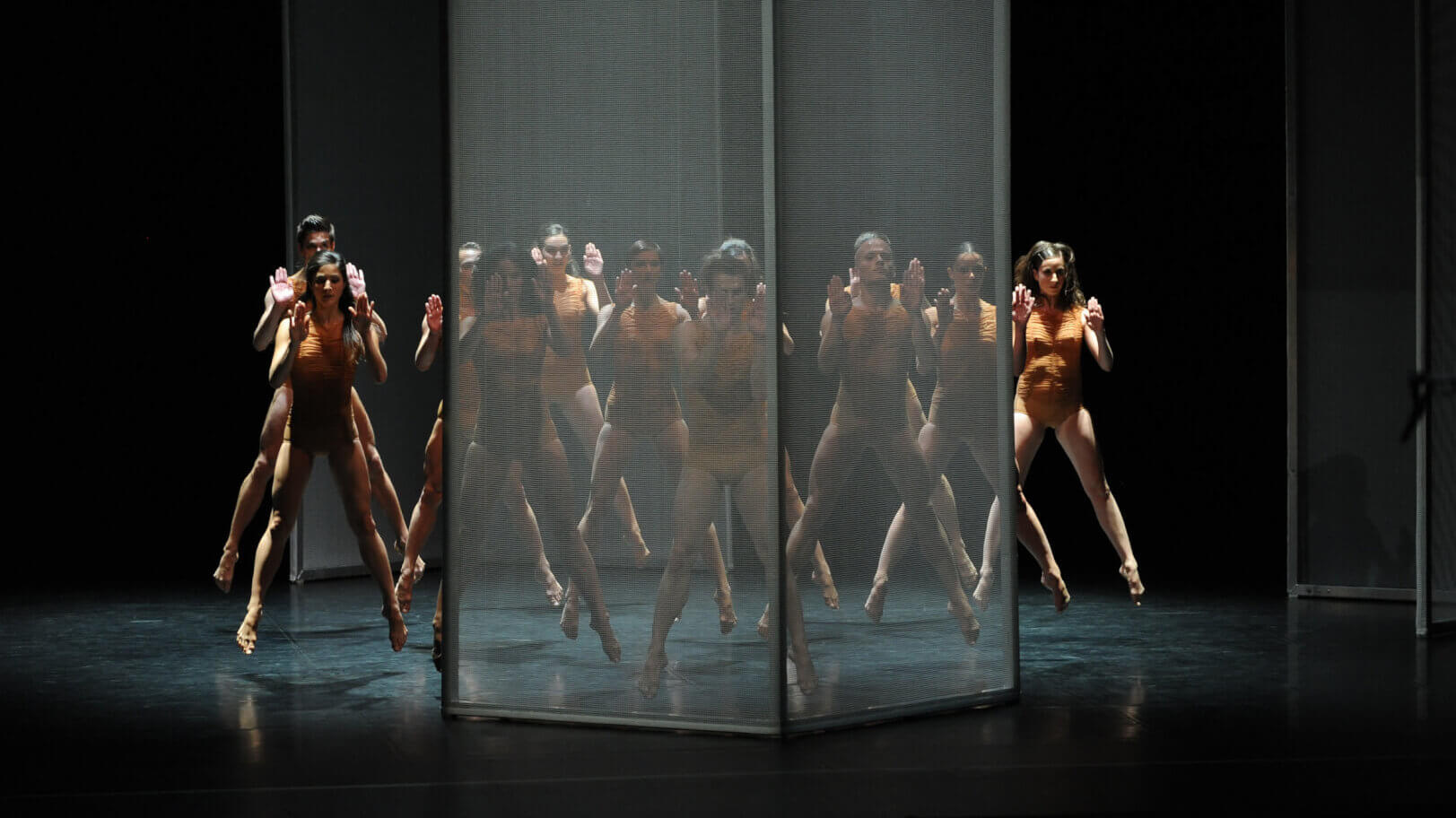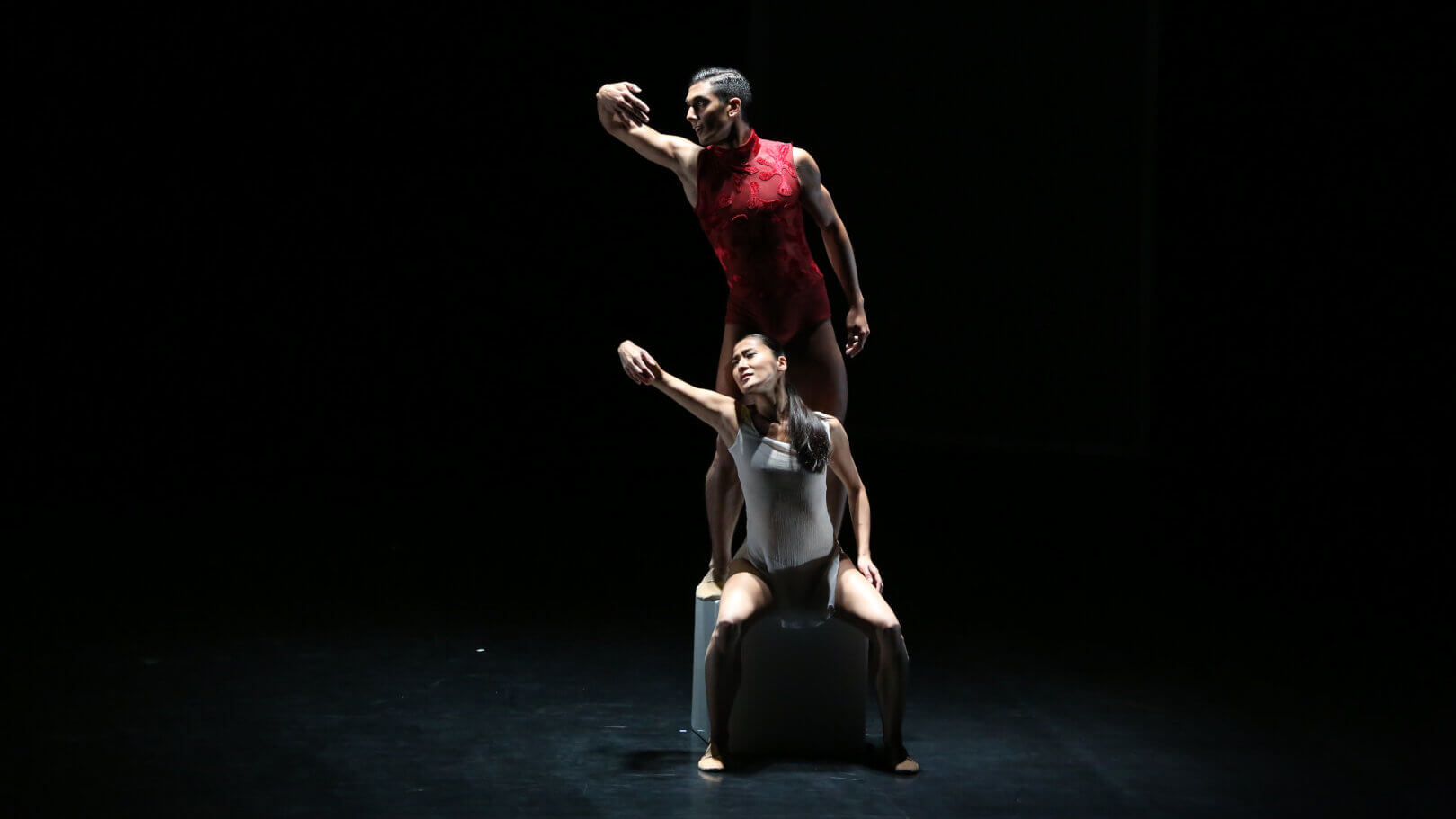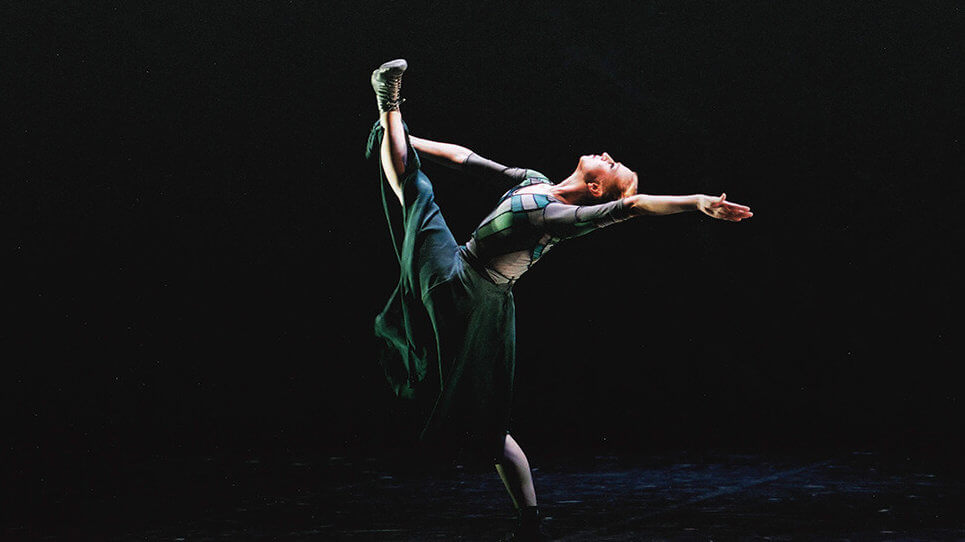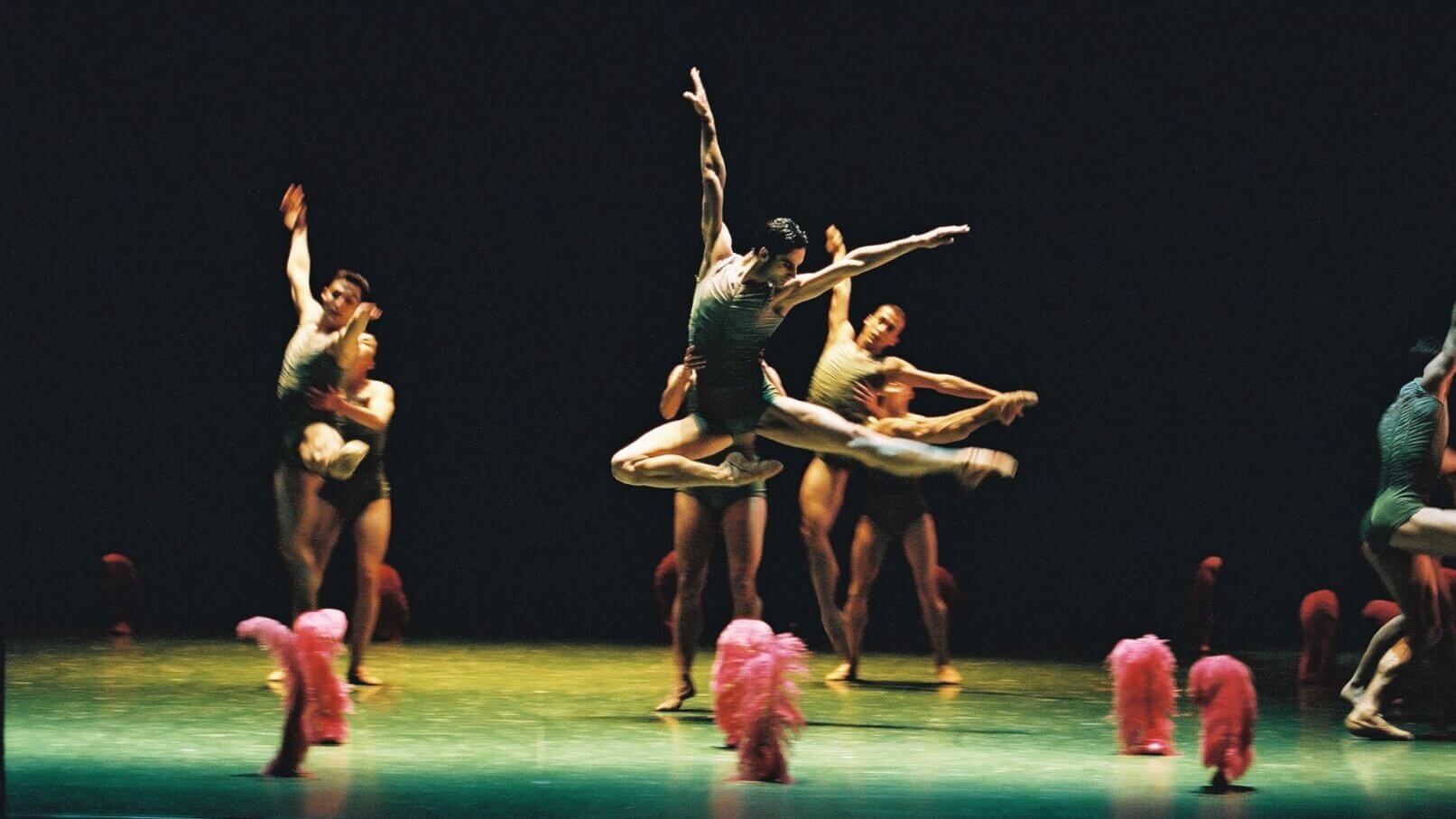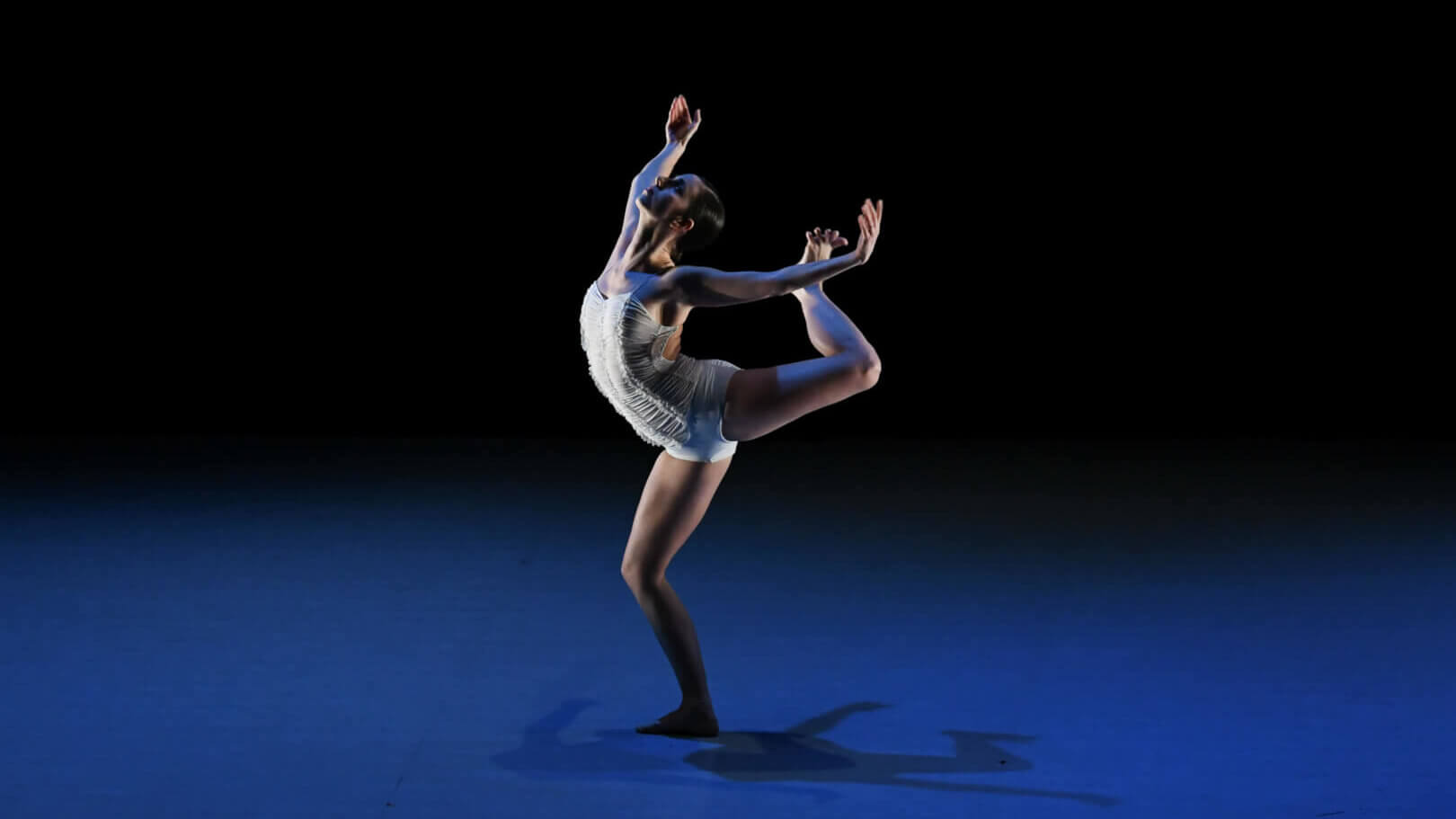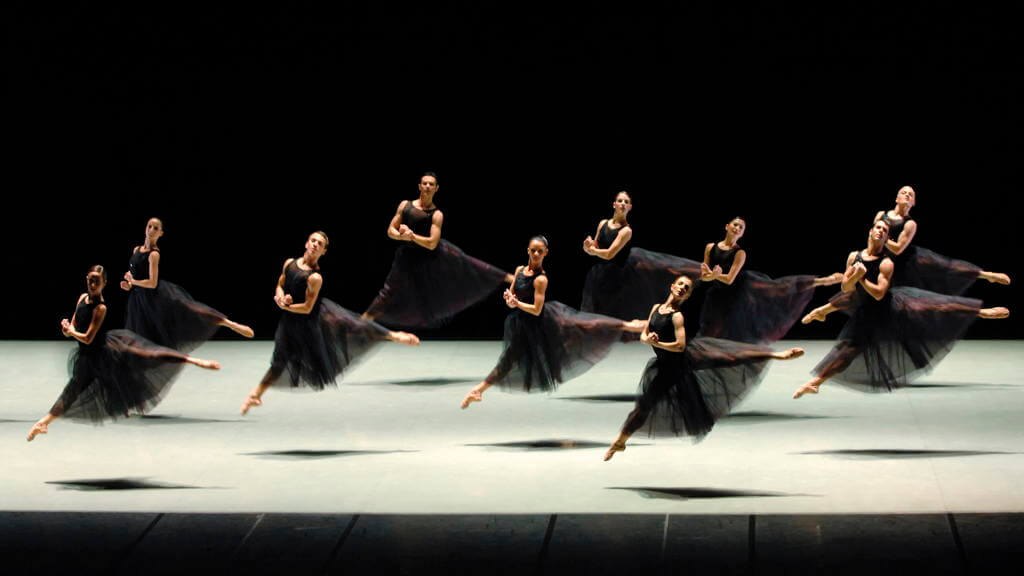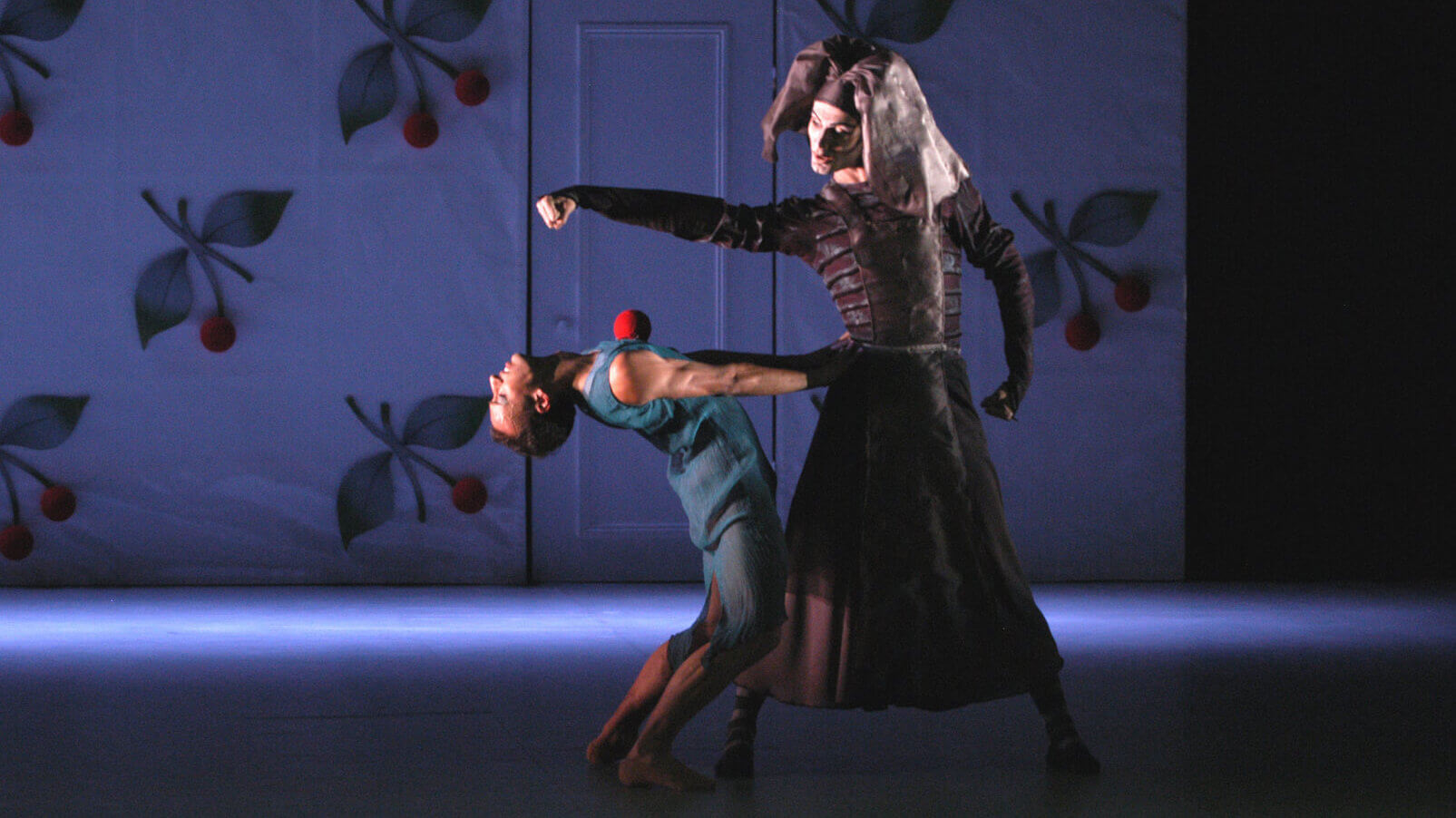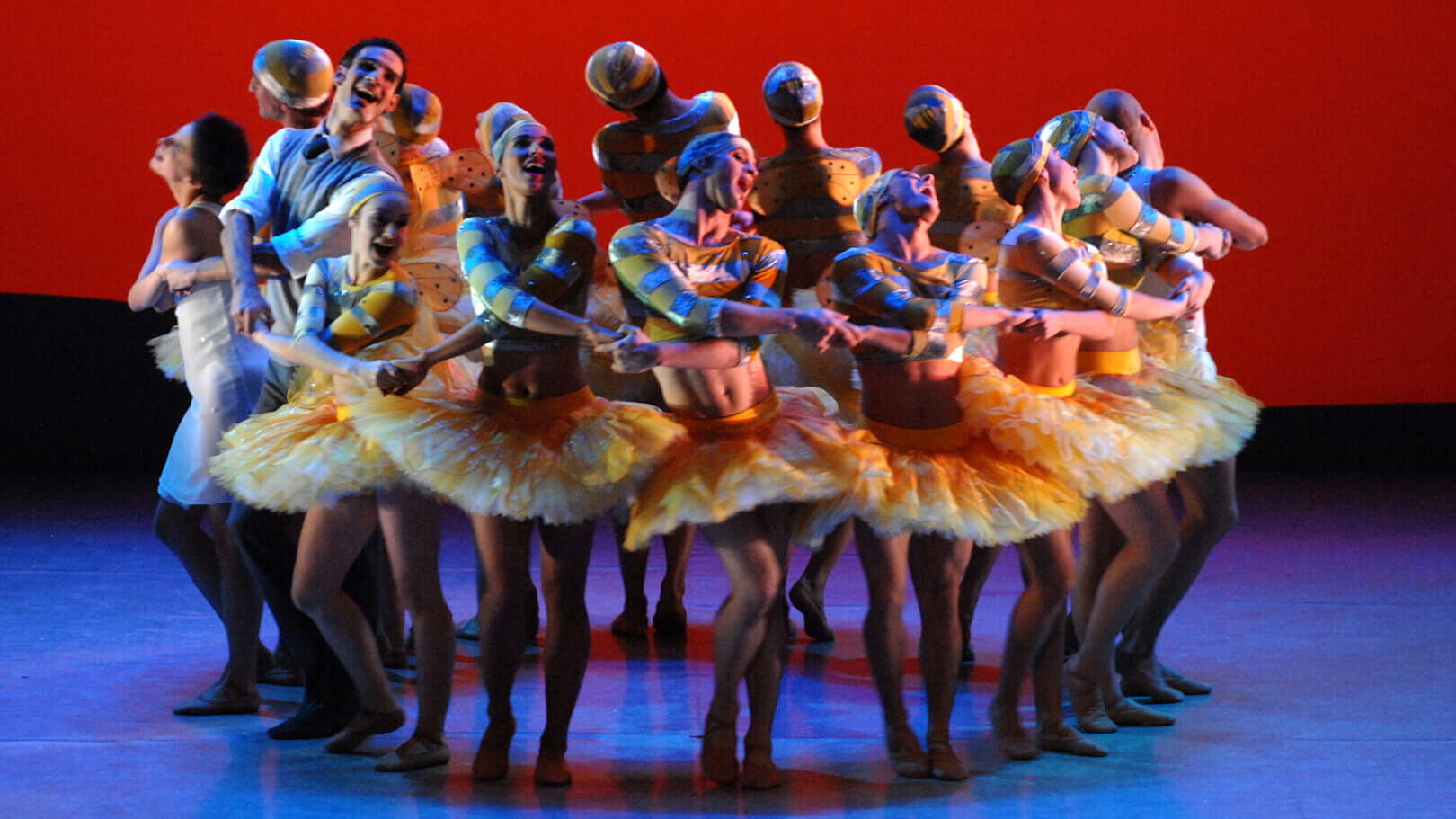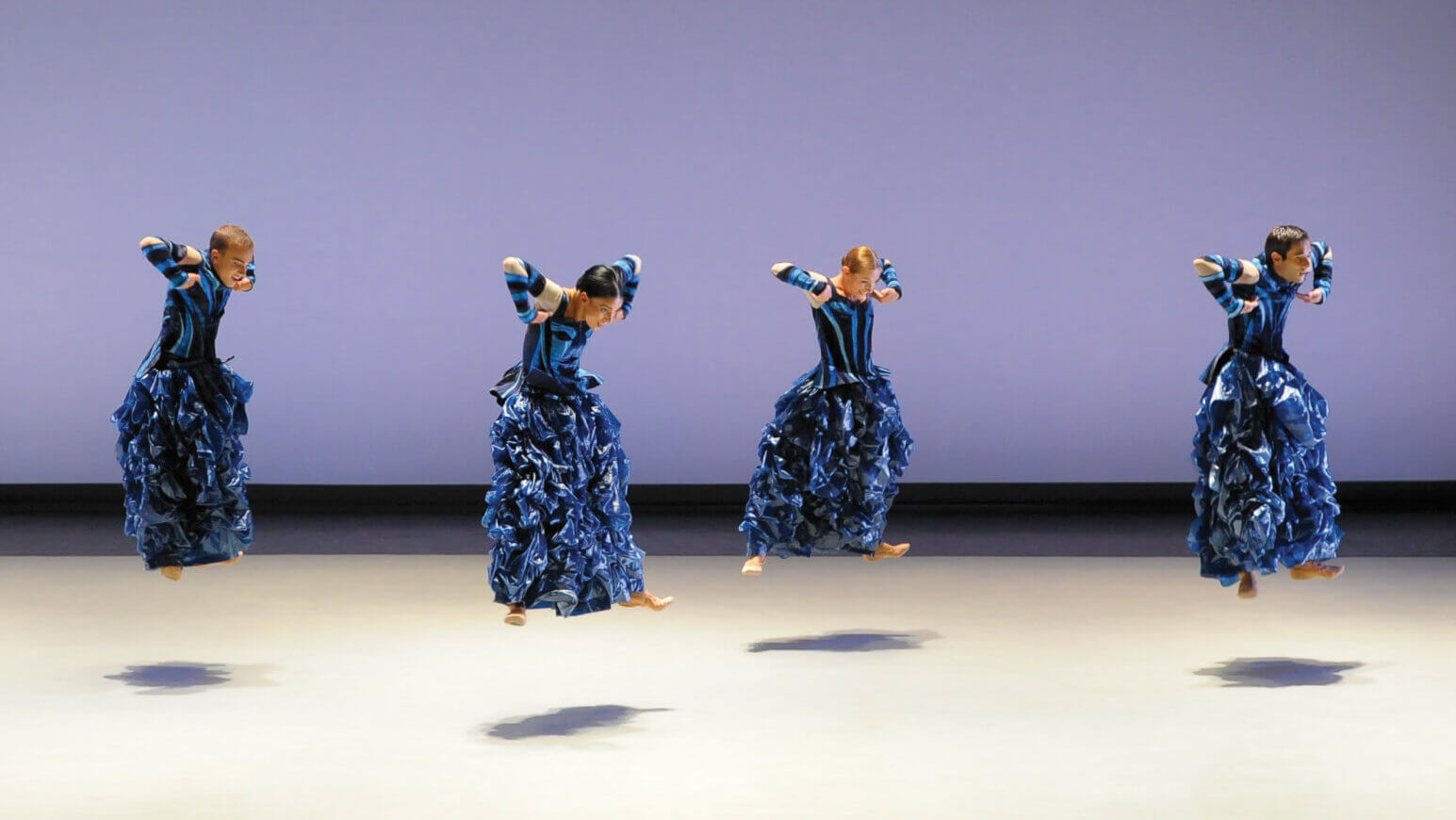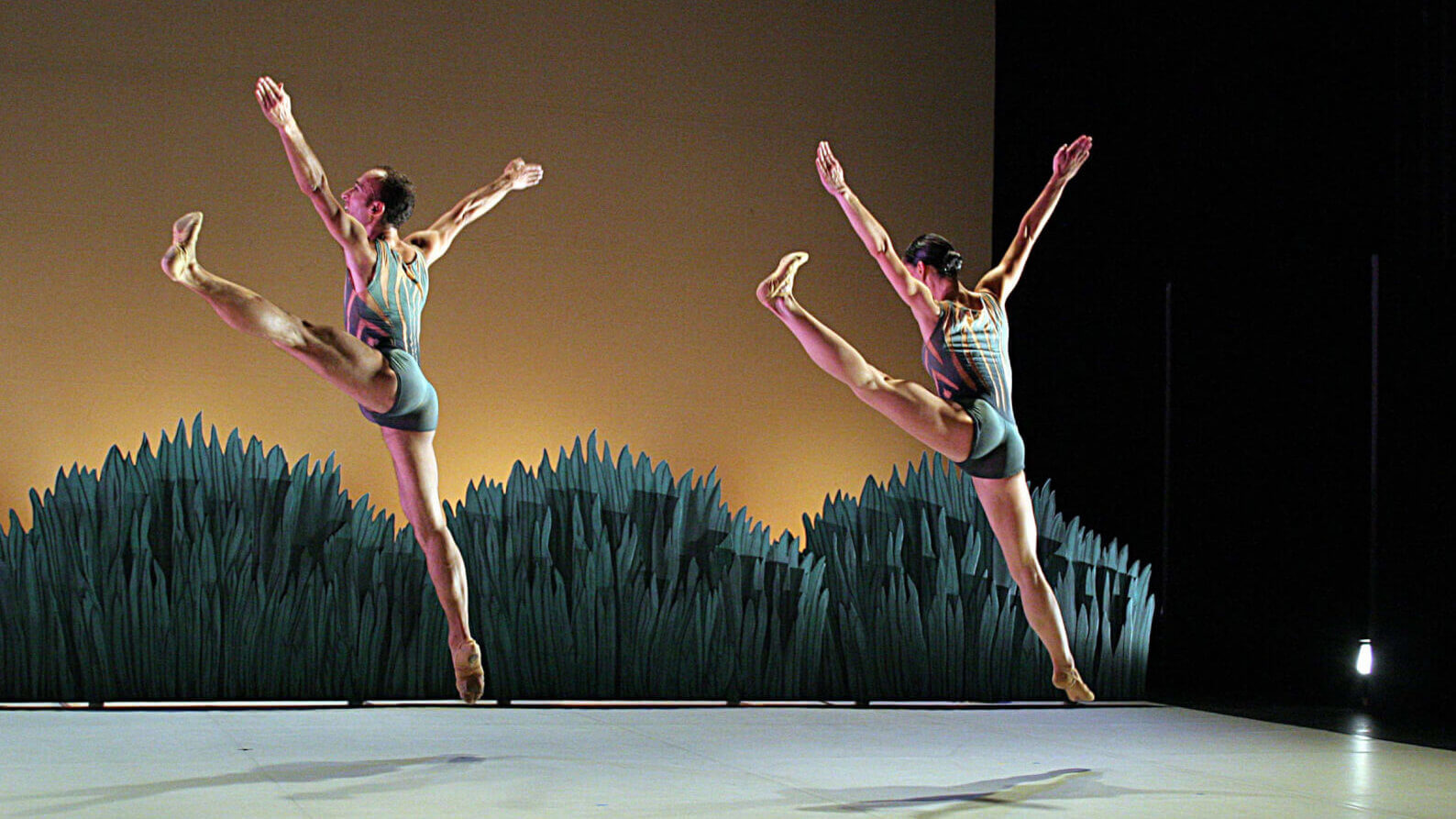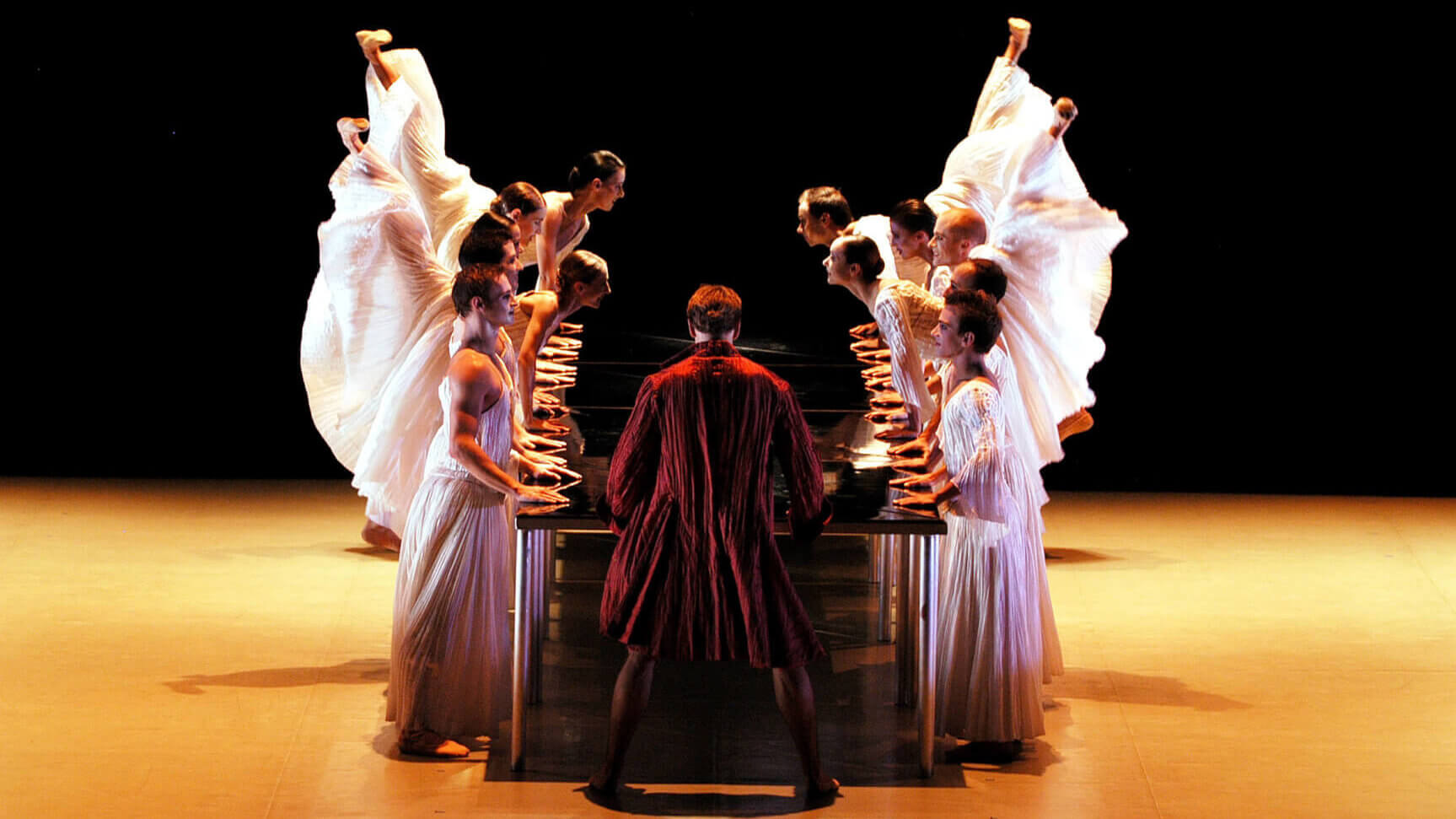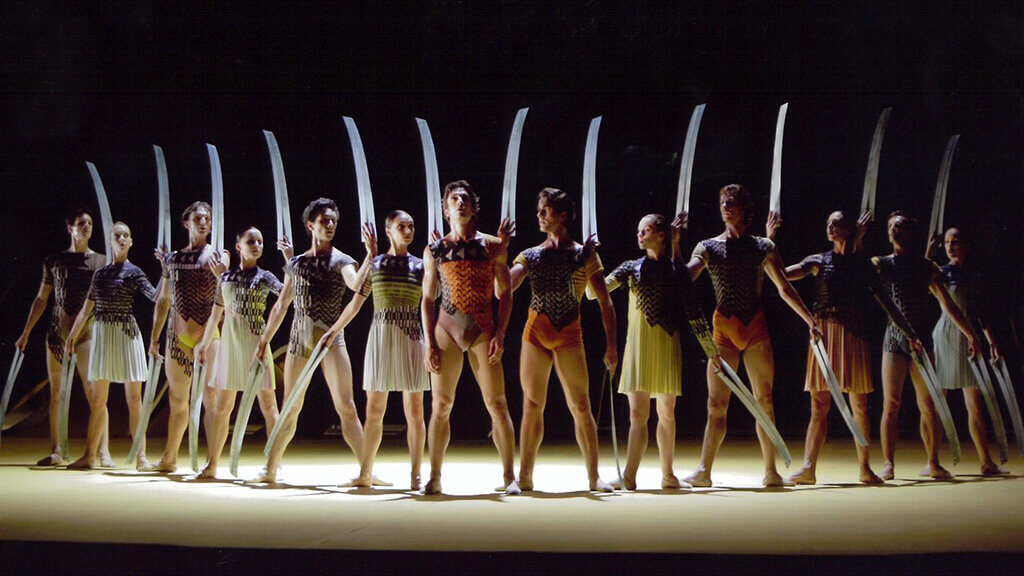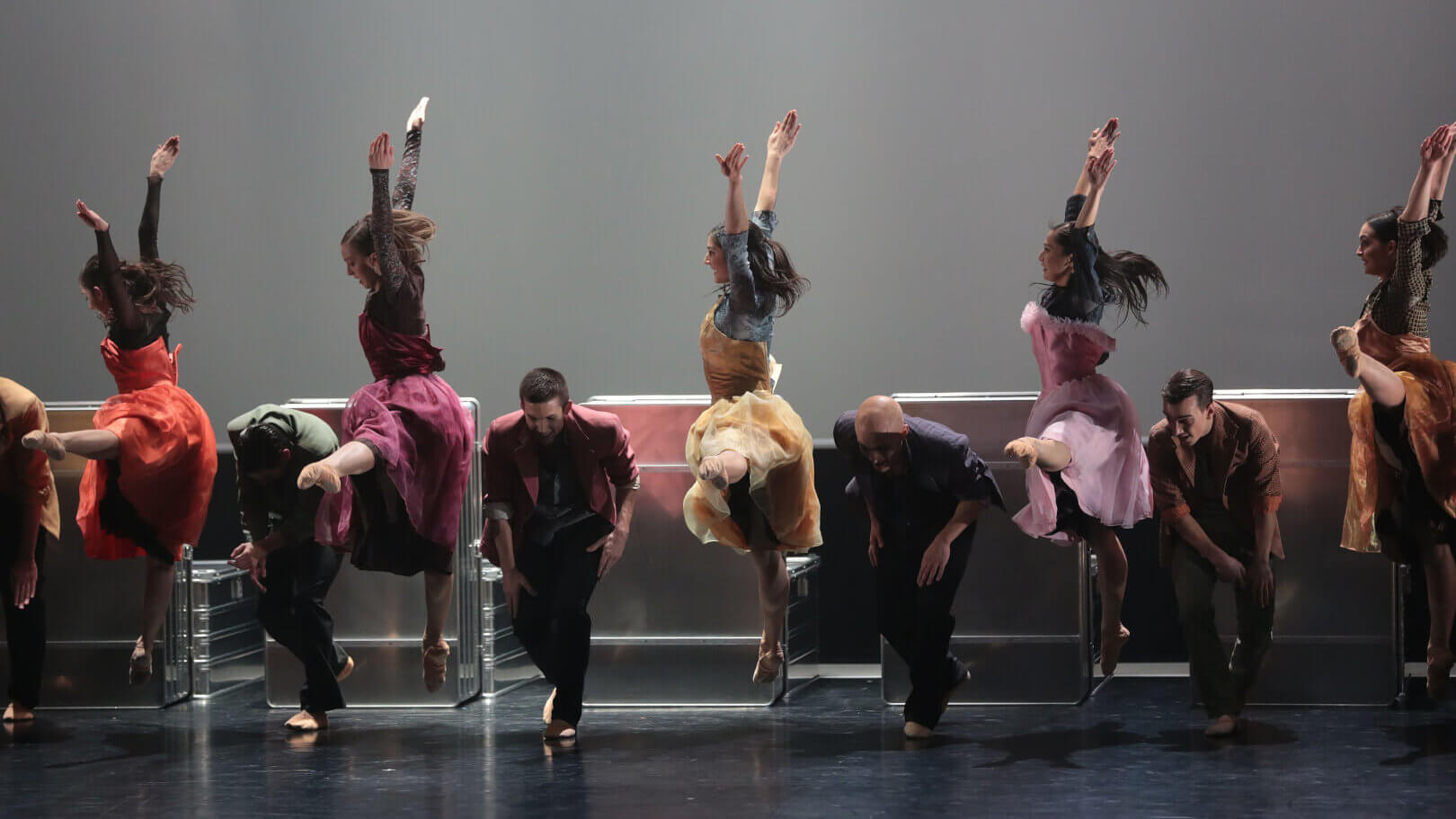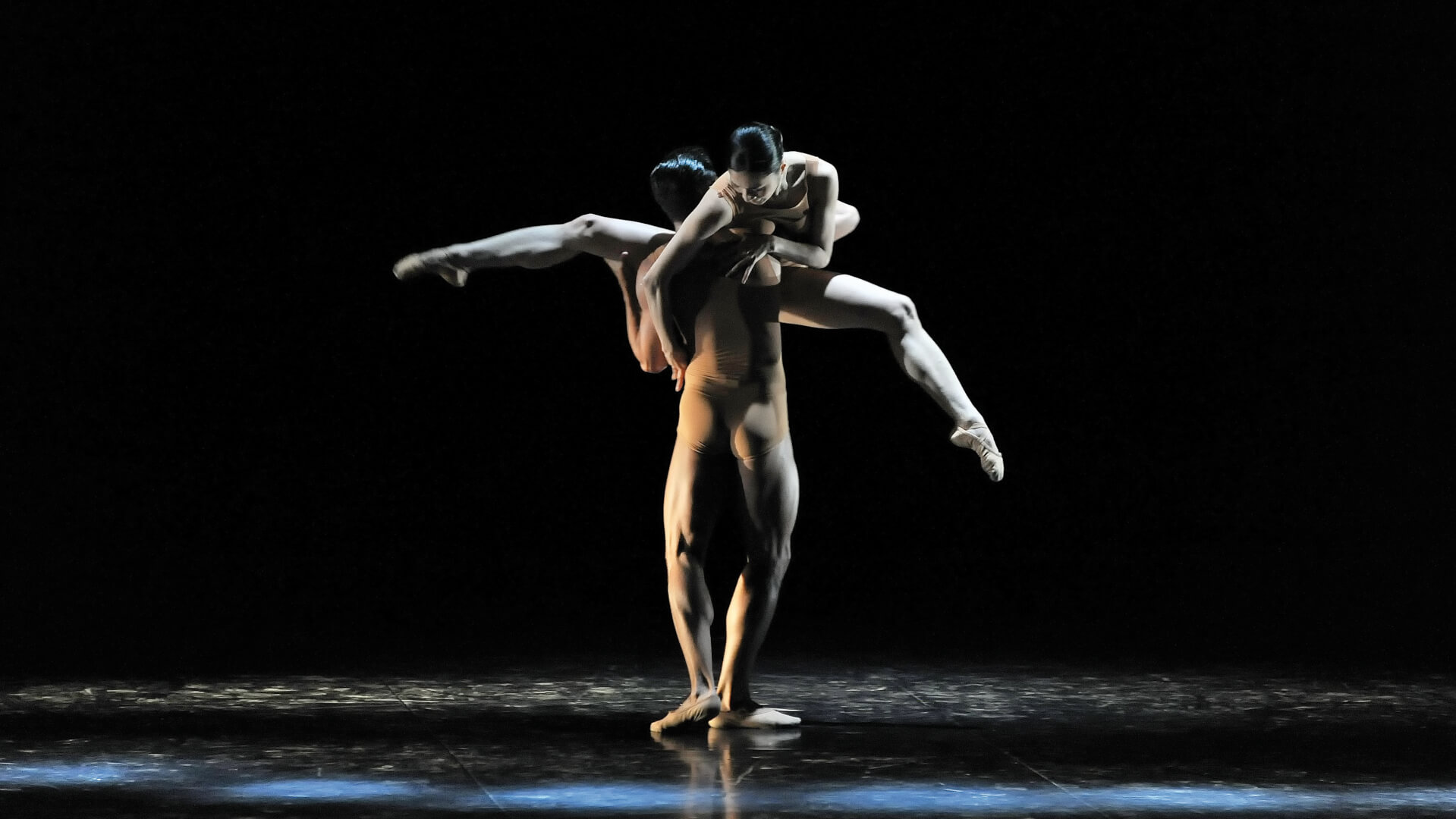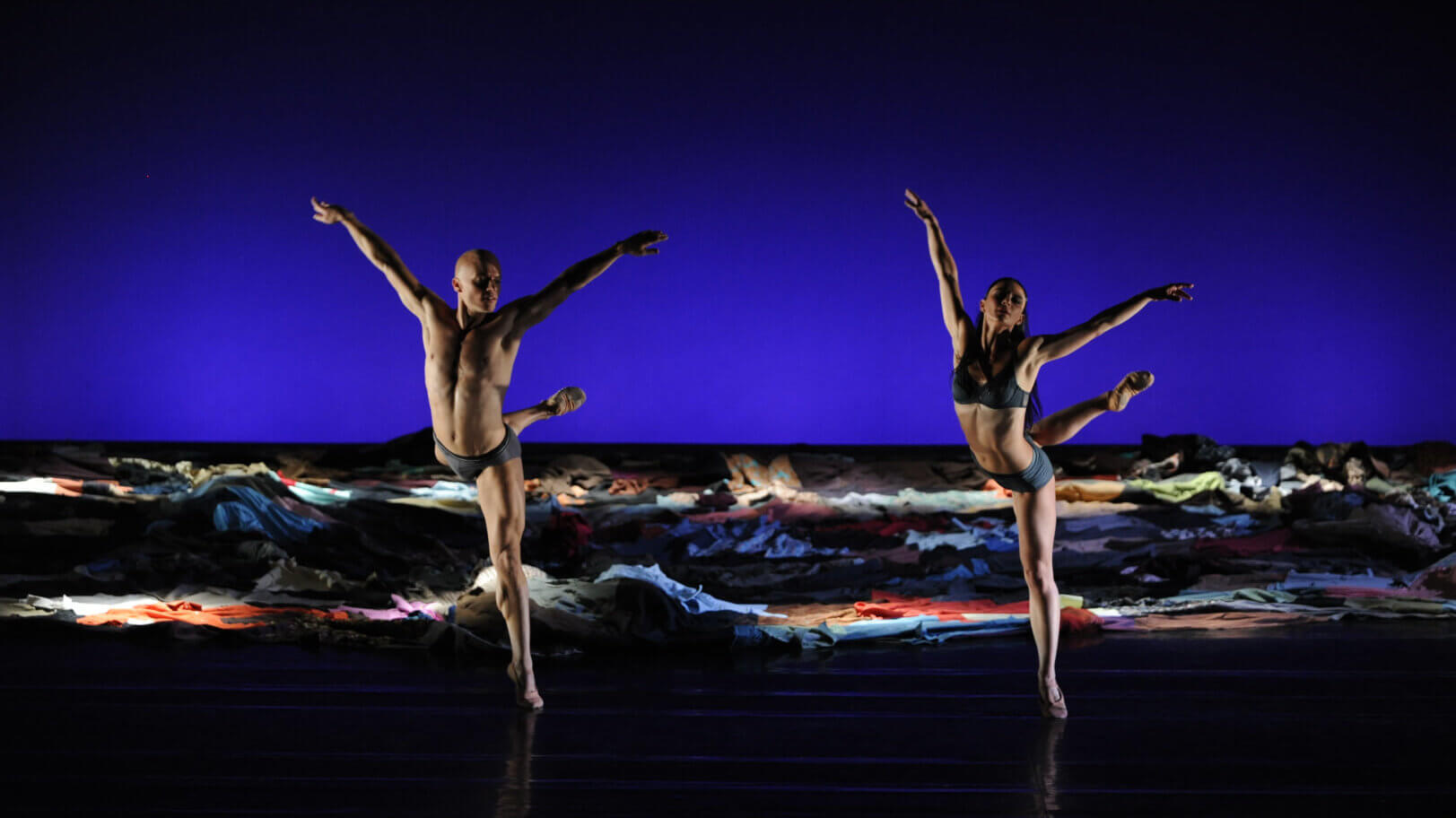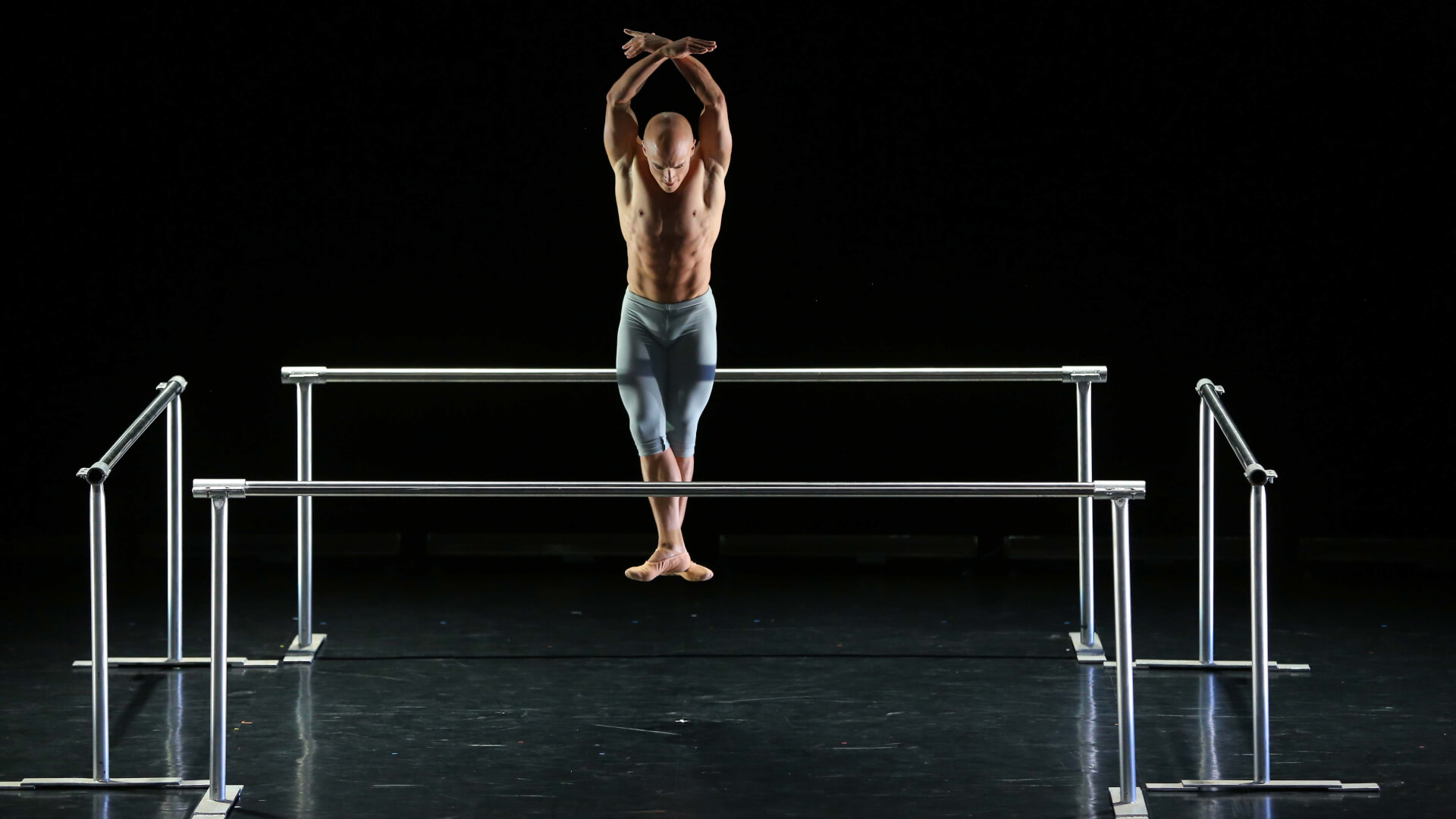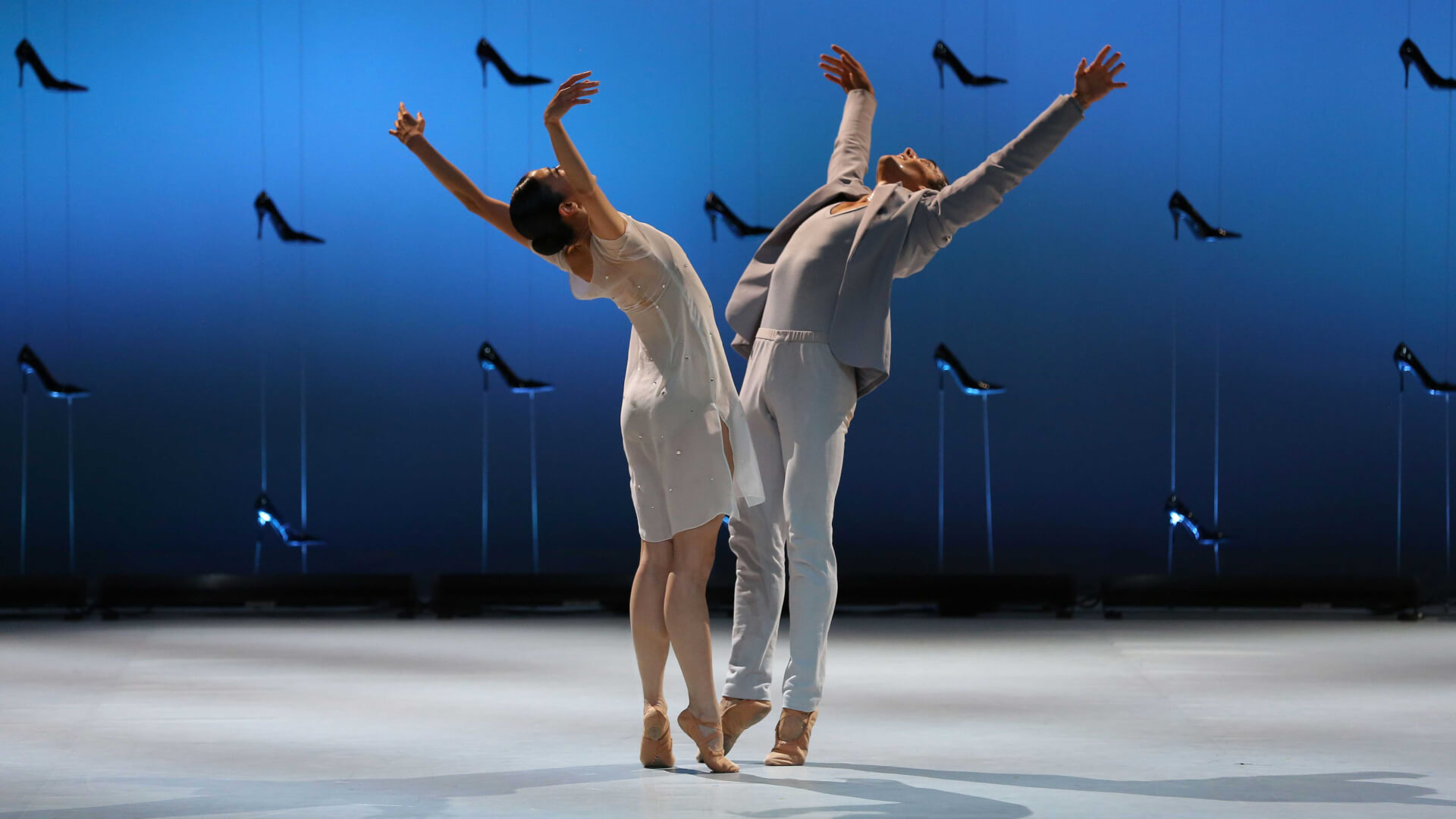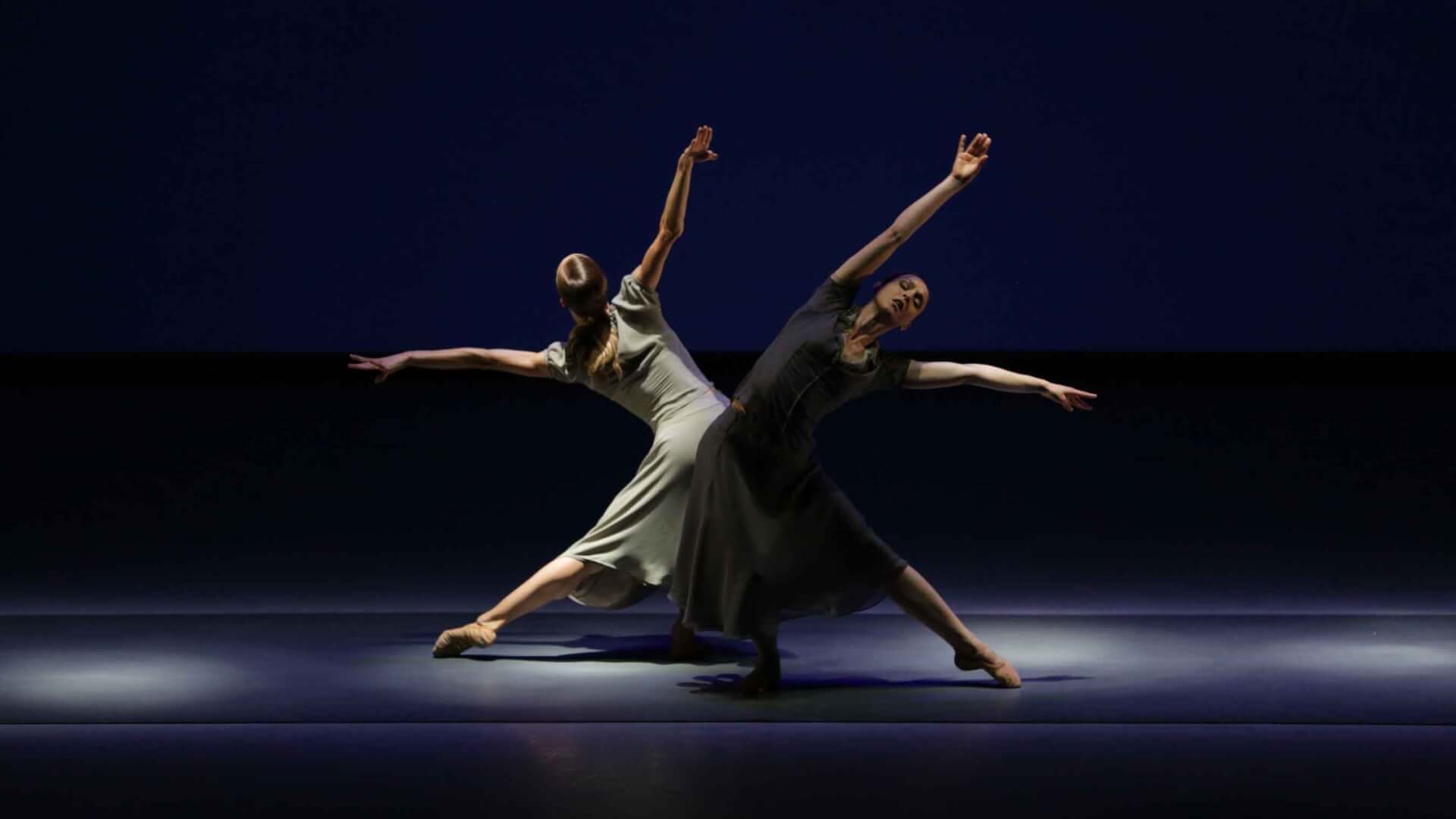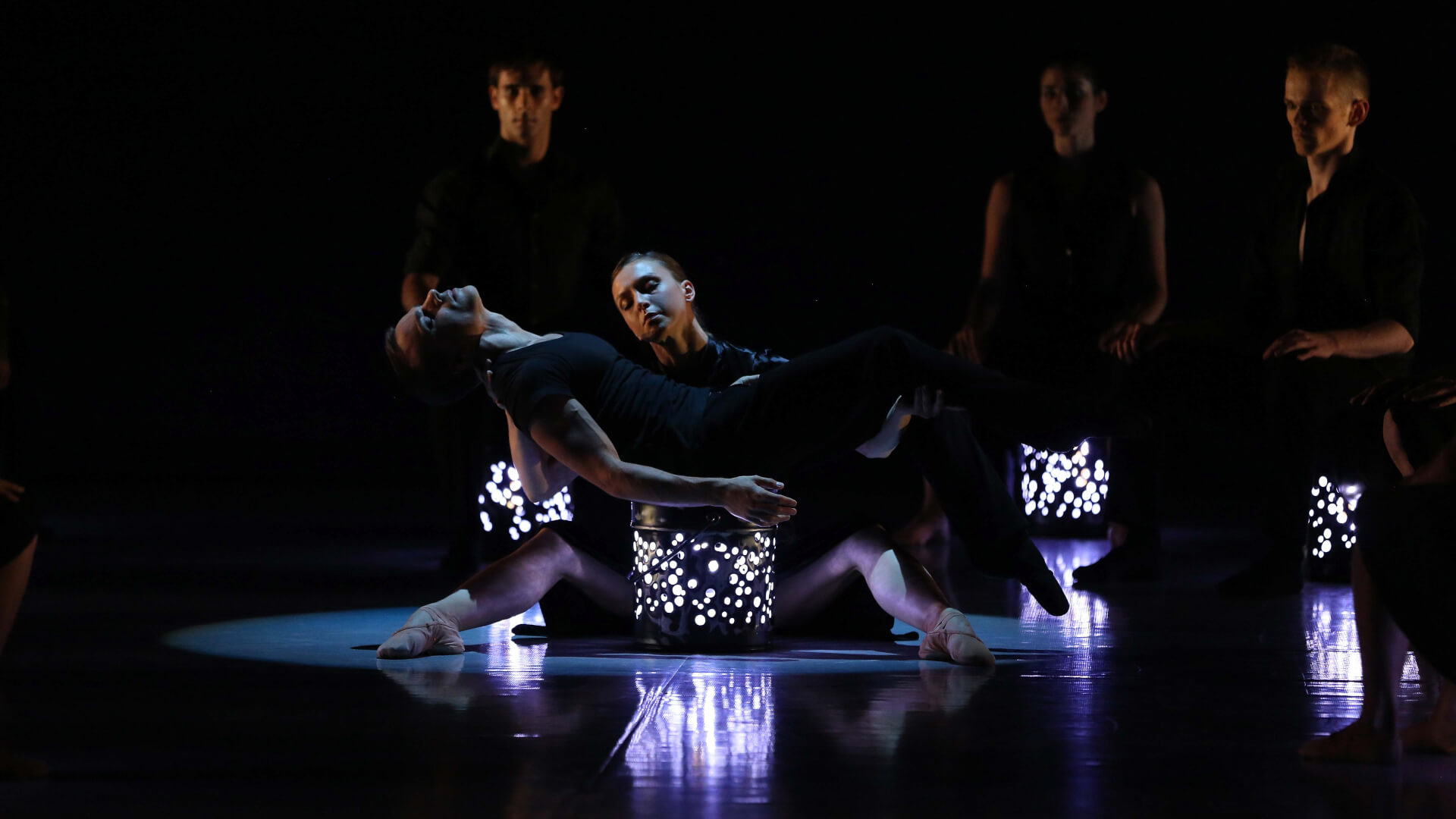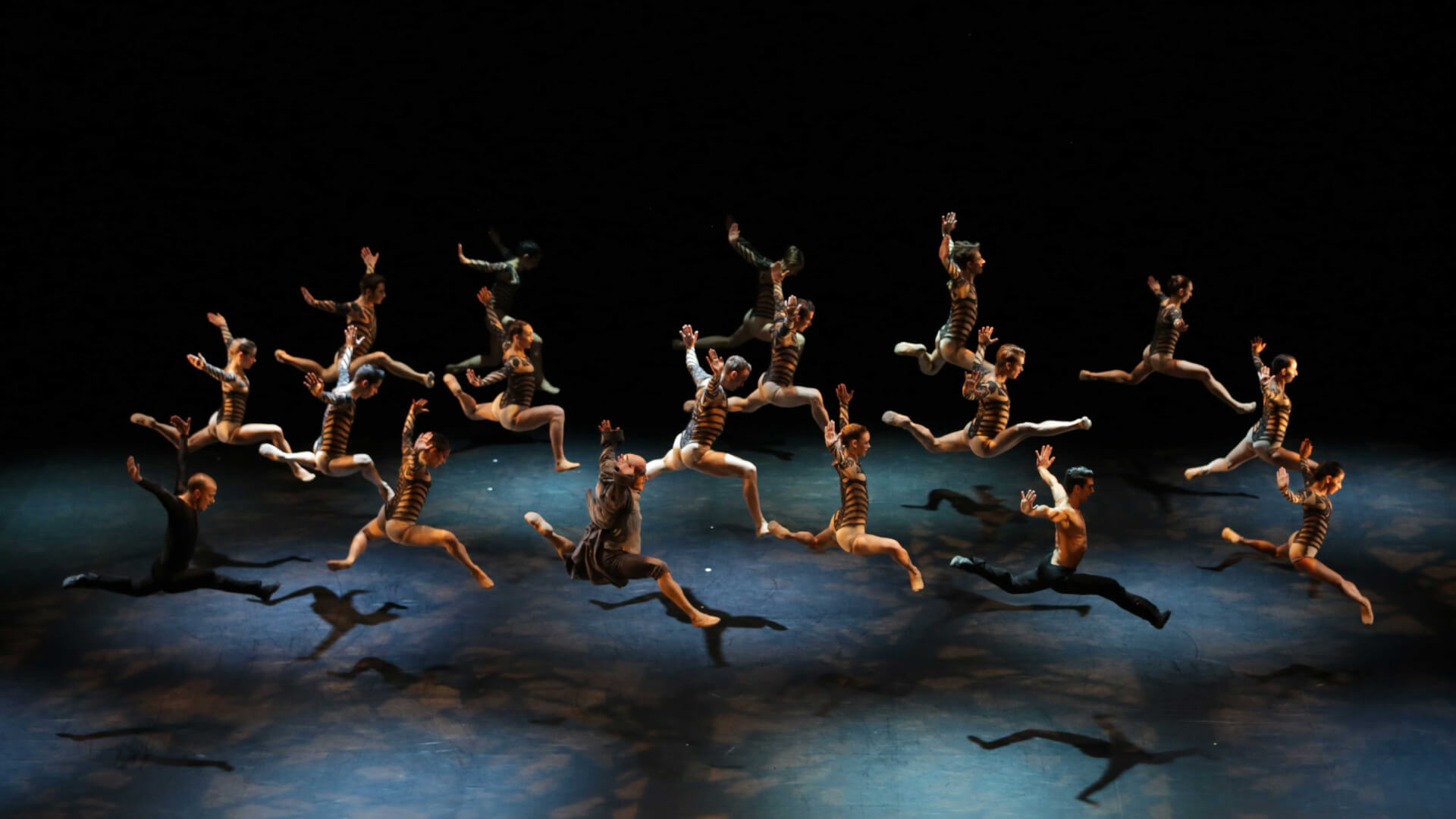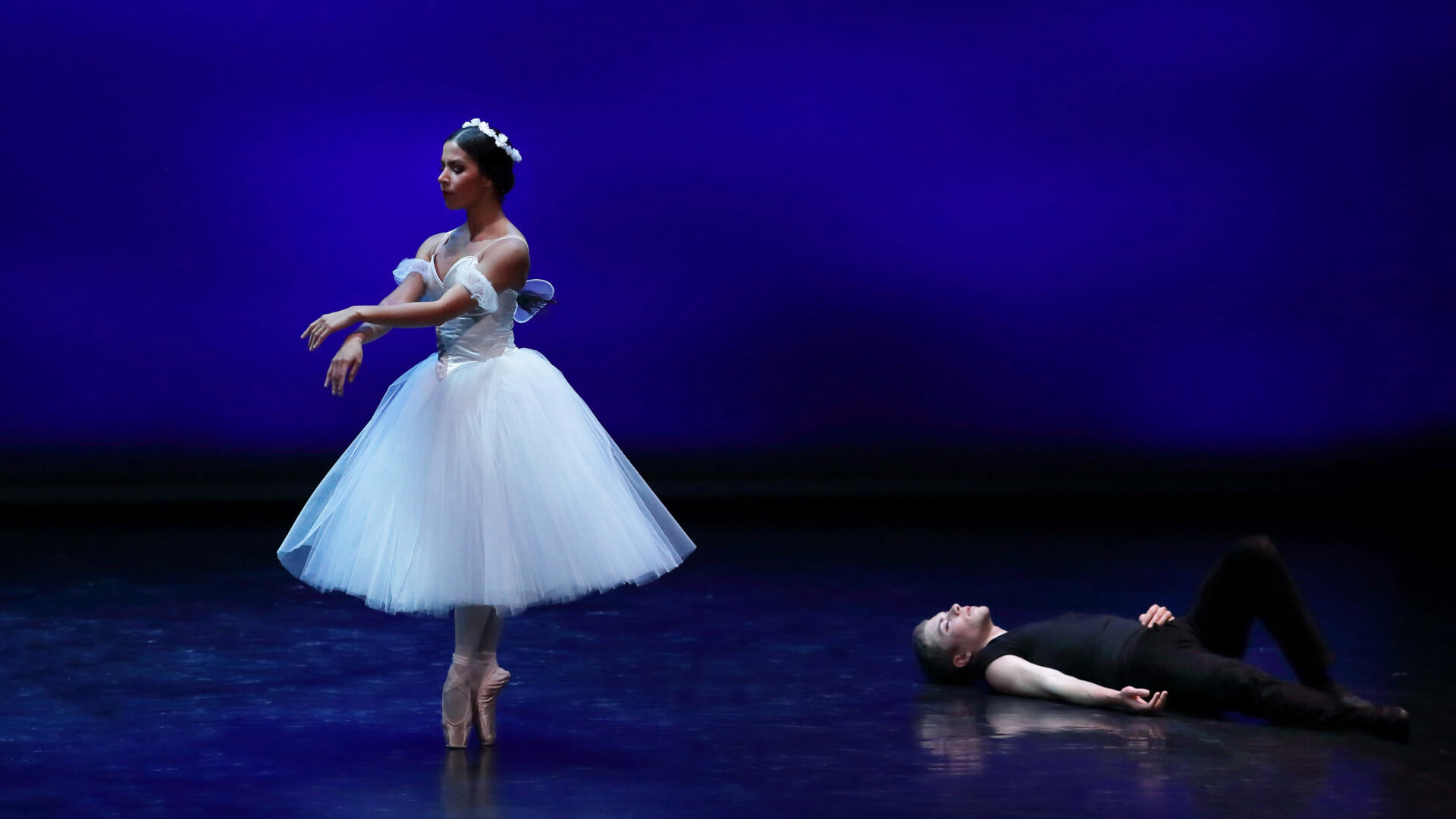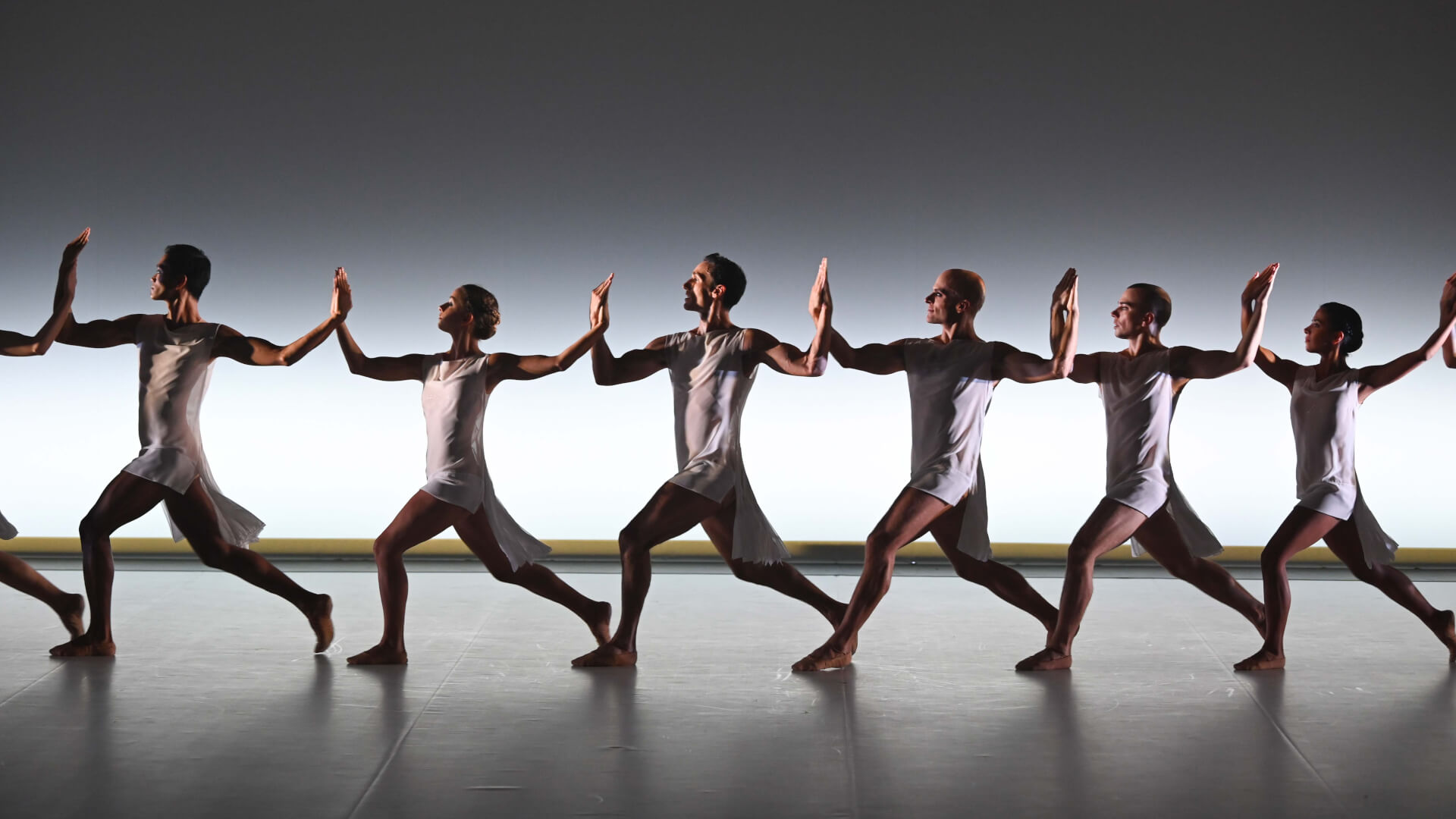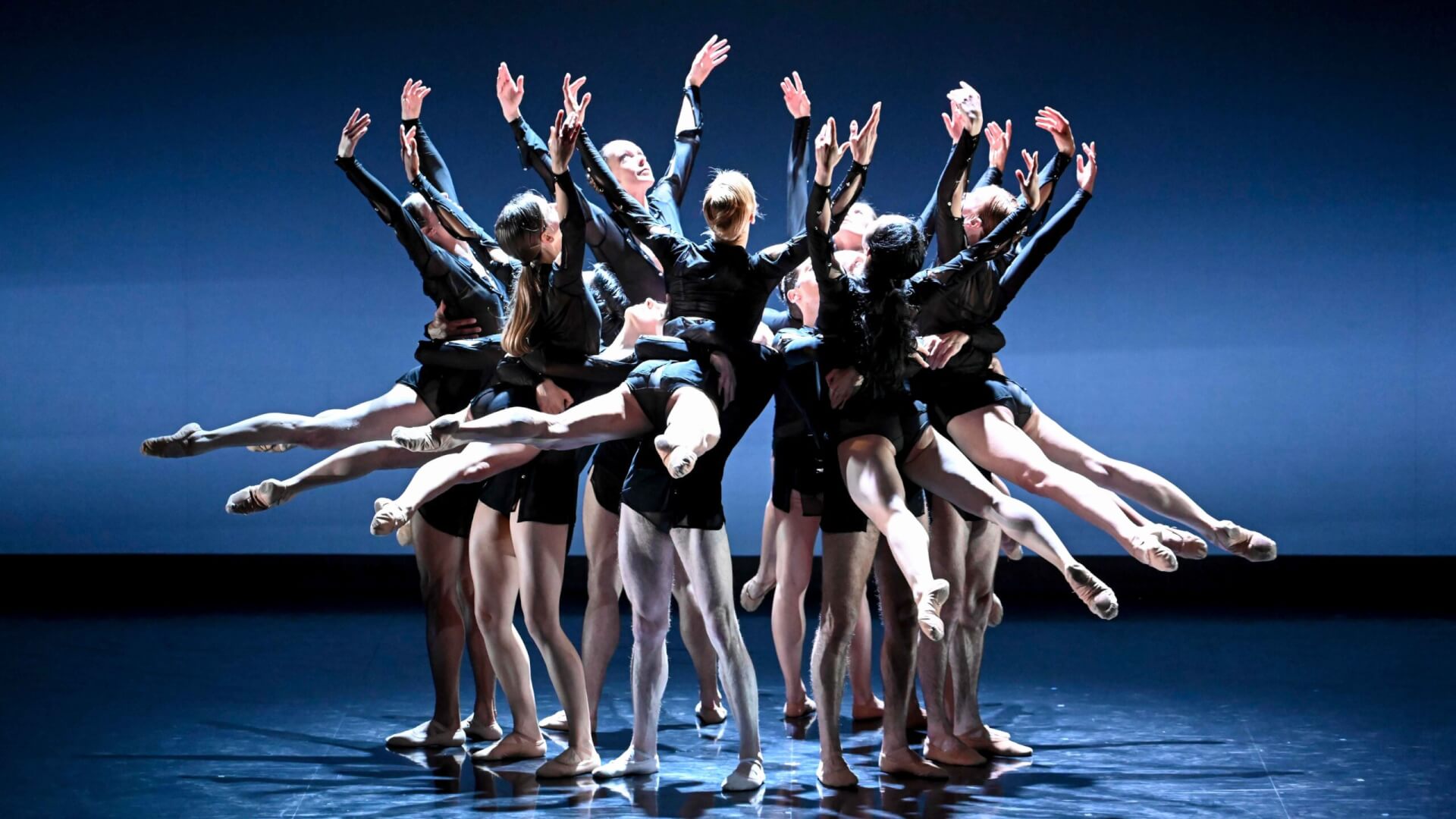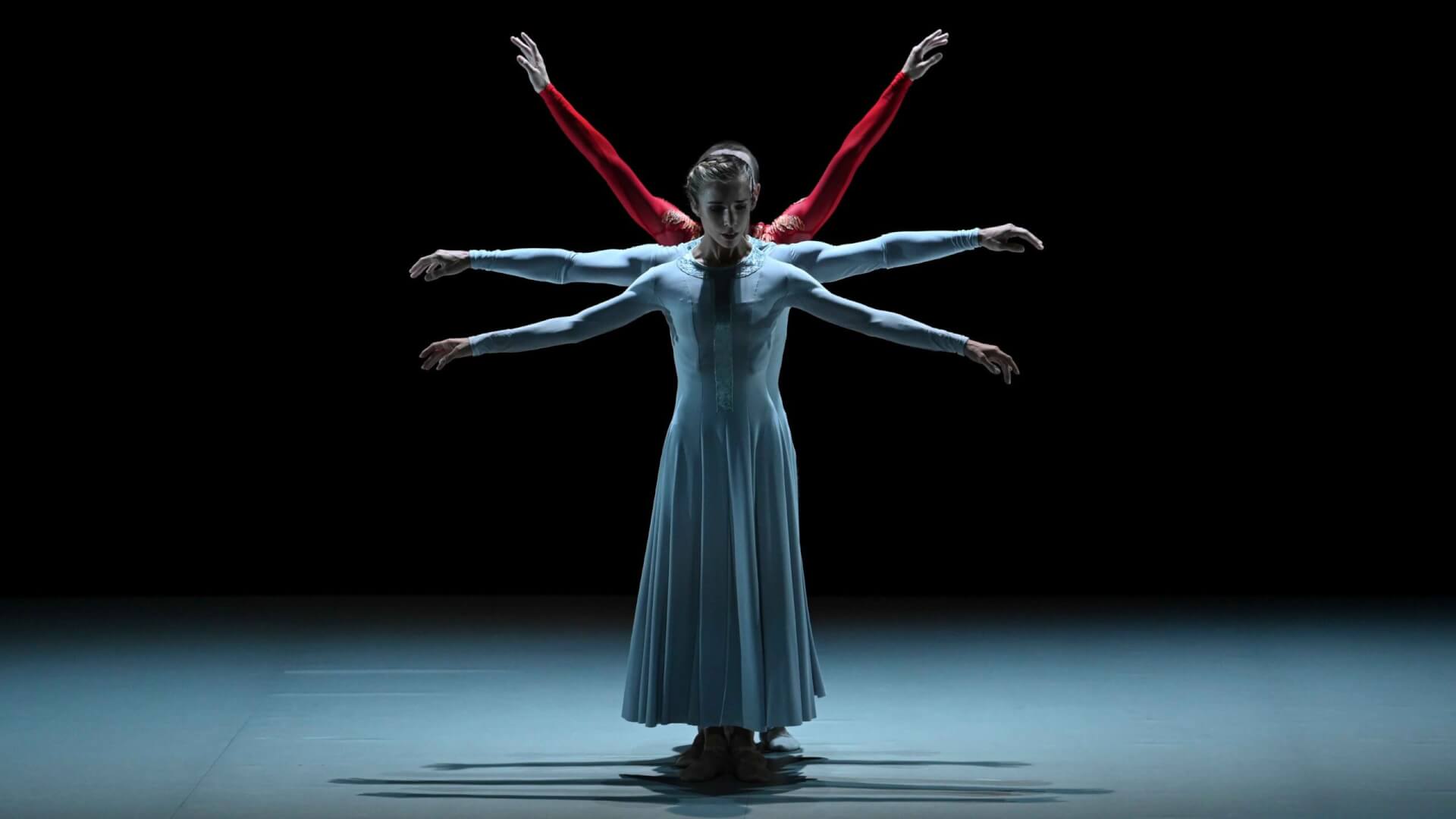Assistante chorégraphique
Réalisation décor et accessoires
Coproducteurs
-
Donostia Kultura - Victoria Eugenia Antzokia -Donostia / San Sebastián (Espagne) – Ballet T, Chaillot-Théâtre national de la Danse – Paris, Théâtre des Salins, Scène nationale – Martigues, Le Cratère – Scène nationale Alès, Opéra de Reims, La Rampe – Scène conventionnée Echirolles, Opéra de Saint Etienne, CCN Malandain Ballet Biarritz
Partenaires
-
Théâtre Olympia d’Arcachon, Le Parvis - Scène nationale de Tarbes Pyrénées, Théâtre de Saint Quentin-en-Yvelines - Scène nationale, Festival de Danse Cannes - Côte d’Azur France
Note of intent
The relationship between man and nature fascinates and worries Martin Harriague. Which he already evoked in his recent choreographic creations (
Sirènes, Fossile, Serre) – the rebirth of the living, its power, the struggle for its survival – Stravinsky’s iconoclastic and brilliant work for the Ballets Russes contains everything, and more. In many ways, The Rite of Spring was revolutionary progress, both in its choreography by Nijinksy and the score. Harriague decided to use the myth while respecting the composer’s original intention illustrated by a pagan rite, “it is an obscure and immense sensation when nature renews its shapes, and it is the vague and profound disorder of a universal impulse,” Stravinsky explained in an article that Martin Harriague uses as a reference (CND, Montjoie magazine, May 29, 1913). Jacques Rivière, the NRF’s insightful director, spoke at the time of a “biological ballet”, “spring in its effort, in its spasm... one would believe we were attending a drama under a microscope”. The complex rhythmic hammering that gives the work its wild and threatening force suits Martin Harriague’s explosive and earthy body language. This time he renounces all physical lyricism because the music makes him do so; he concentrates on the expressive power of primitive movement and fractal figures through which the group coils, unfolds, contracts as the living reappears, and makes its way everywhere before exploding. To Nijinsky, who had dared to make this transgressive break with classical language, Harriague borrows the trampling of the spring Augurs who “mark the pulse of Spring with their footsteps”. The quotes from the original ballet stop there, but the entire piece shows a willingness to draw on the music’s expressiveness, which was particularly brilliant under the baton of Teodor Currentzis, to bring Stravinsky’s vision to life. One physically feels the wild energy and timeless fear that inhabits this group confronted with the violence of the living, purified by the rite. We perceive the savagery and the necessity of the final offering of the chosen one, a feminine principle embodying the energy of spring, the sap, pure and healthy, which rises, an allegory of the living that rises towards the light.
Media
Quite a plethora of ideas that we will not detail here as it is a treat to discover them.
Le Figaro, Ariane Bavelier • 15 september 2021
About Sacre du printemps: “One thing is certain - Martin Harriague is a true choreographer.
Les Echos, Philippe Noisette • 14 September 2021
The work of the brilliant Martin Harriague, a rising star in French and notably Basque choreography, appointed Associate Artist at the CCN Malandain Ballet Biarritz in 2018, unquestionably refers to the origins of a primitive Russia evoked by Nijinsky. To do so, he has rediscovered trampling, the presence of the ancestor, the dynamics even more violent than at the time of creation, when the dancers were not accustomed to so many acrobatics, and the sacrificial rather than erotic spirit, in a hymn to reborn nature, which nevertheless must be broken in order to live again. Certainly, it is not the typical Harriague, but the fresco is impressive, and the end overwhelming.
Concertclassic, Jacqueline Thuilleux • 14 september 2021


